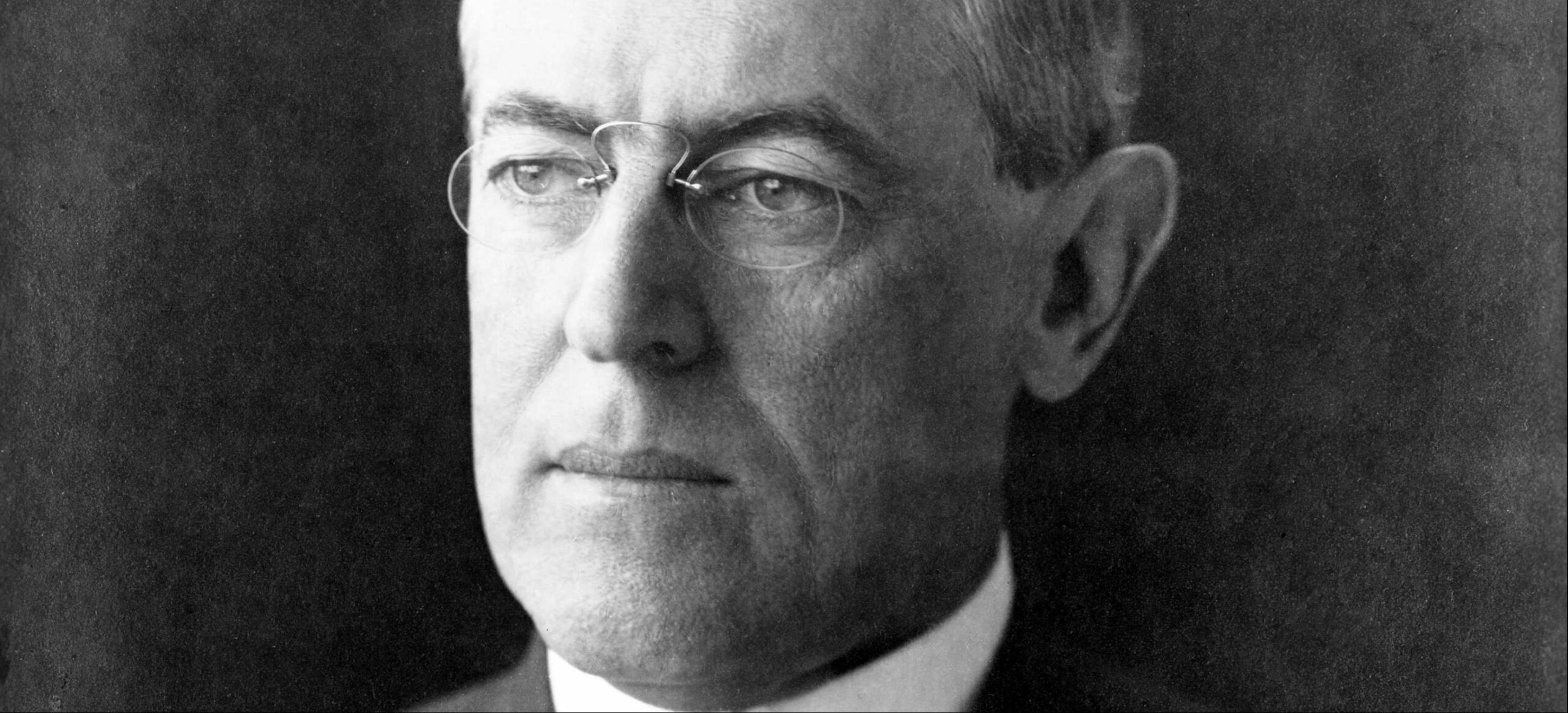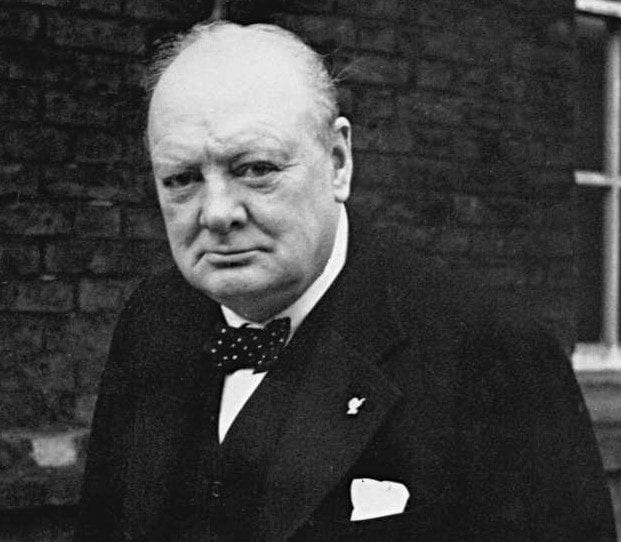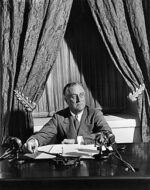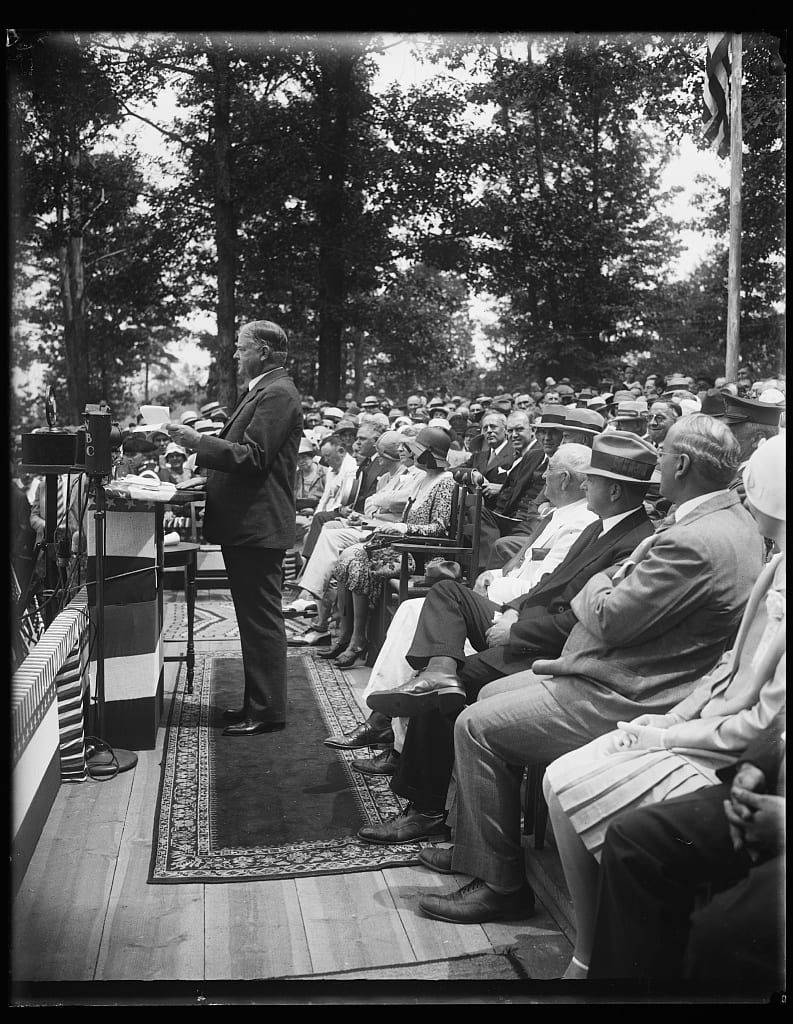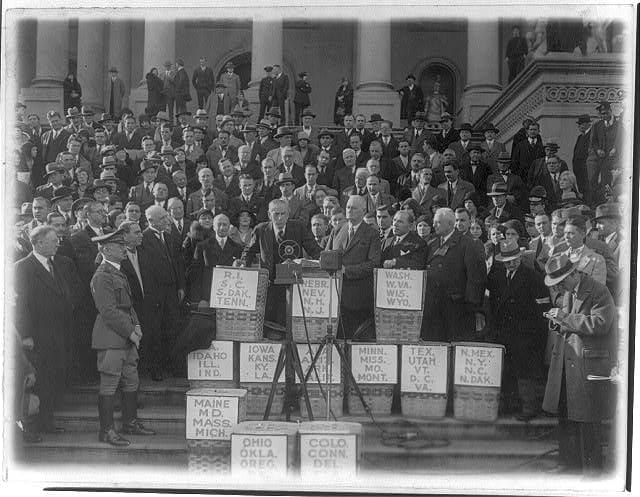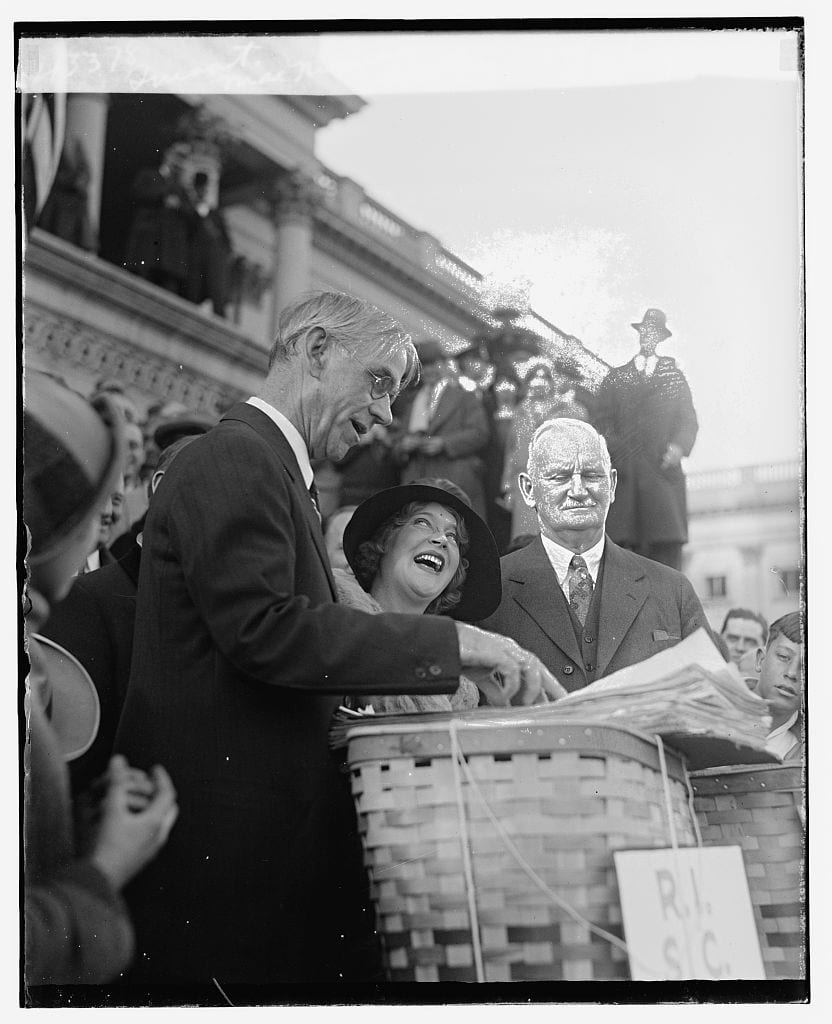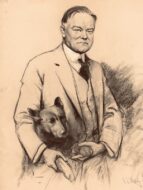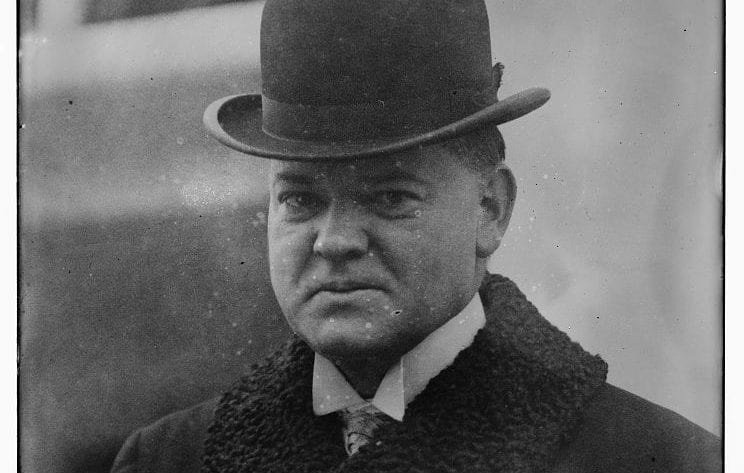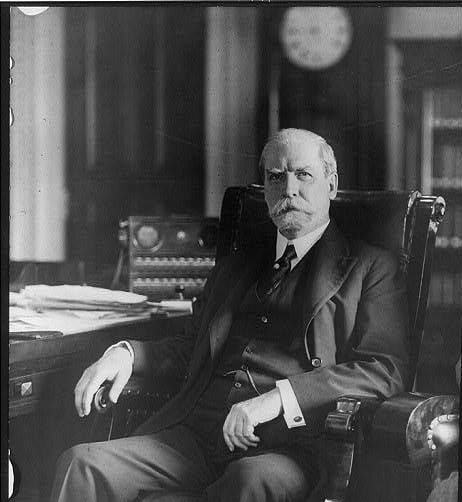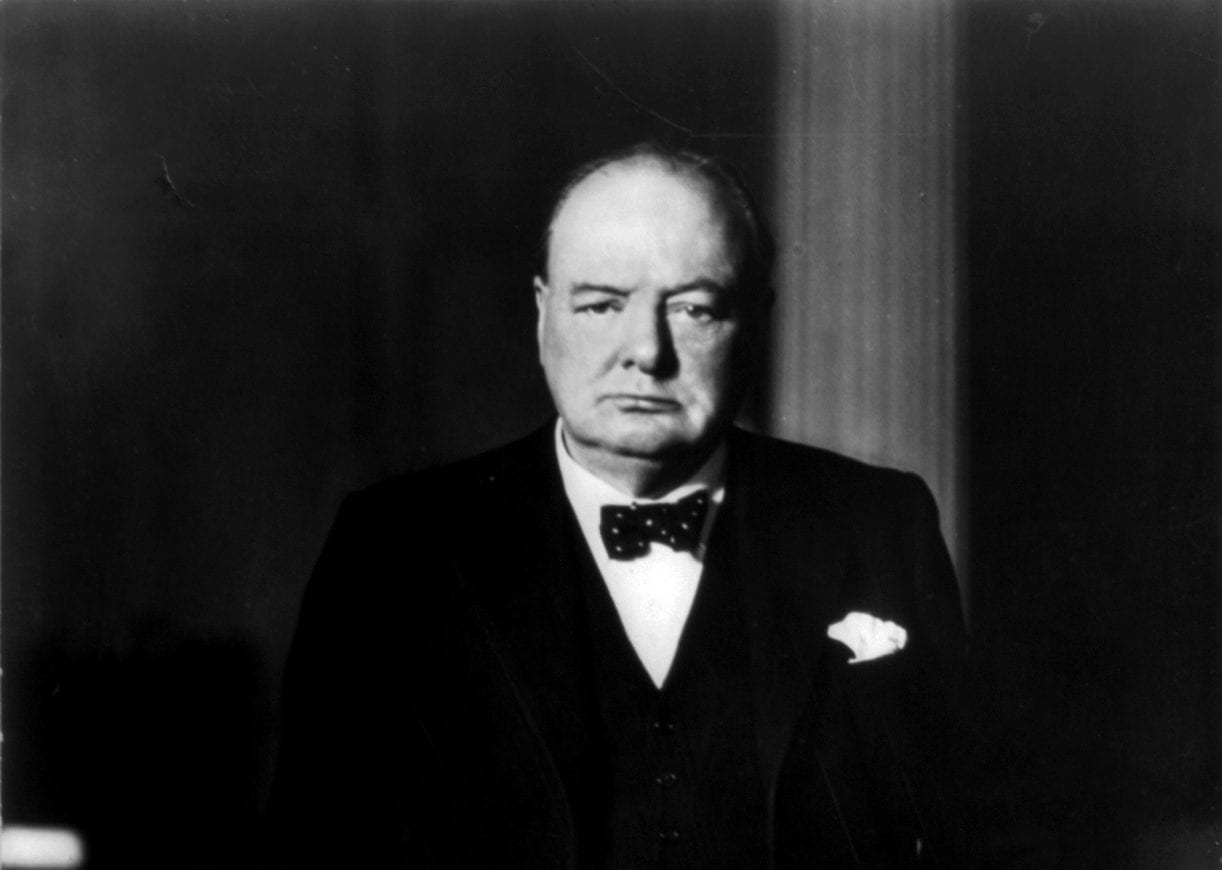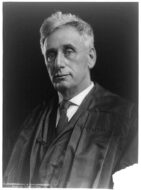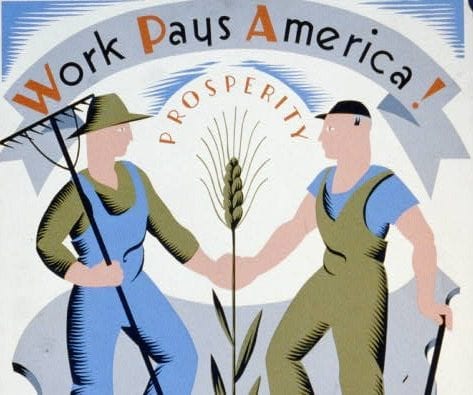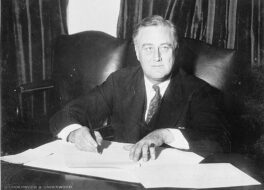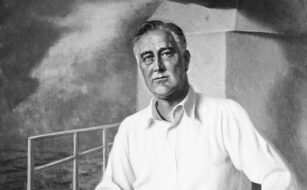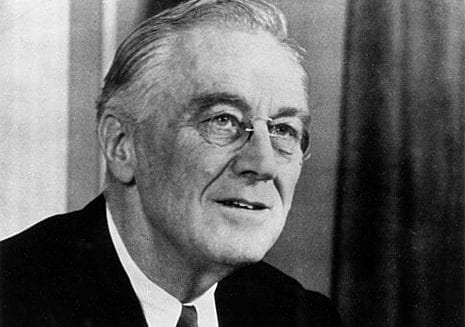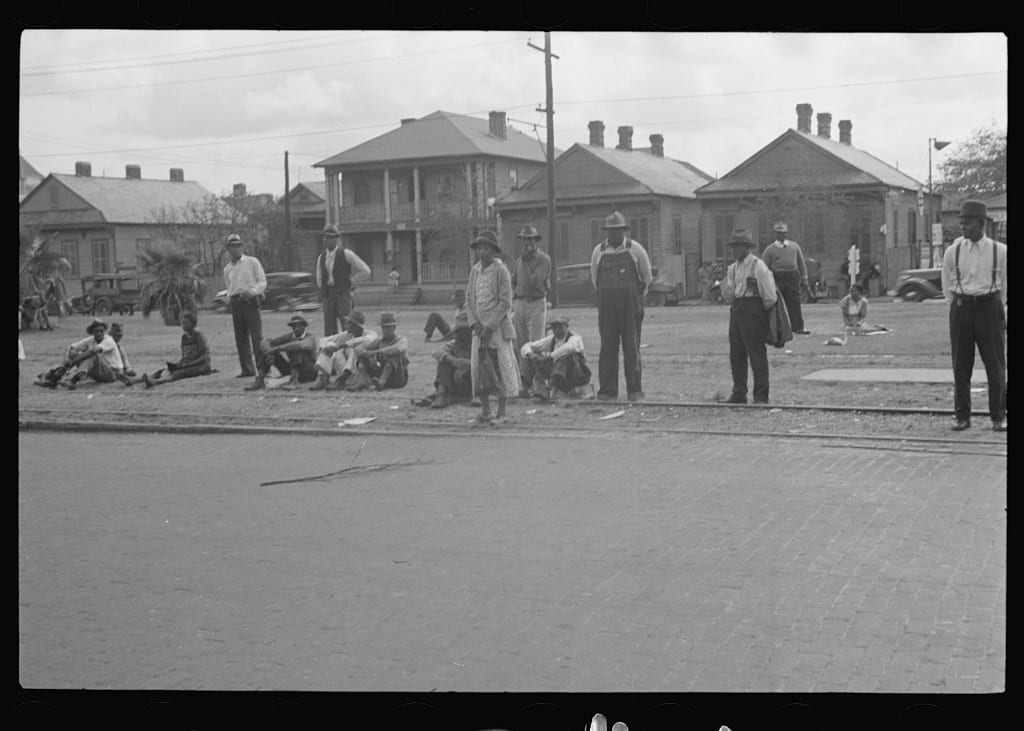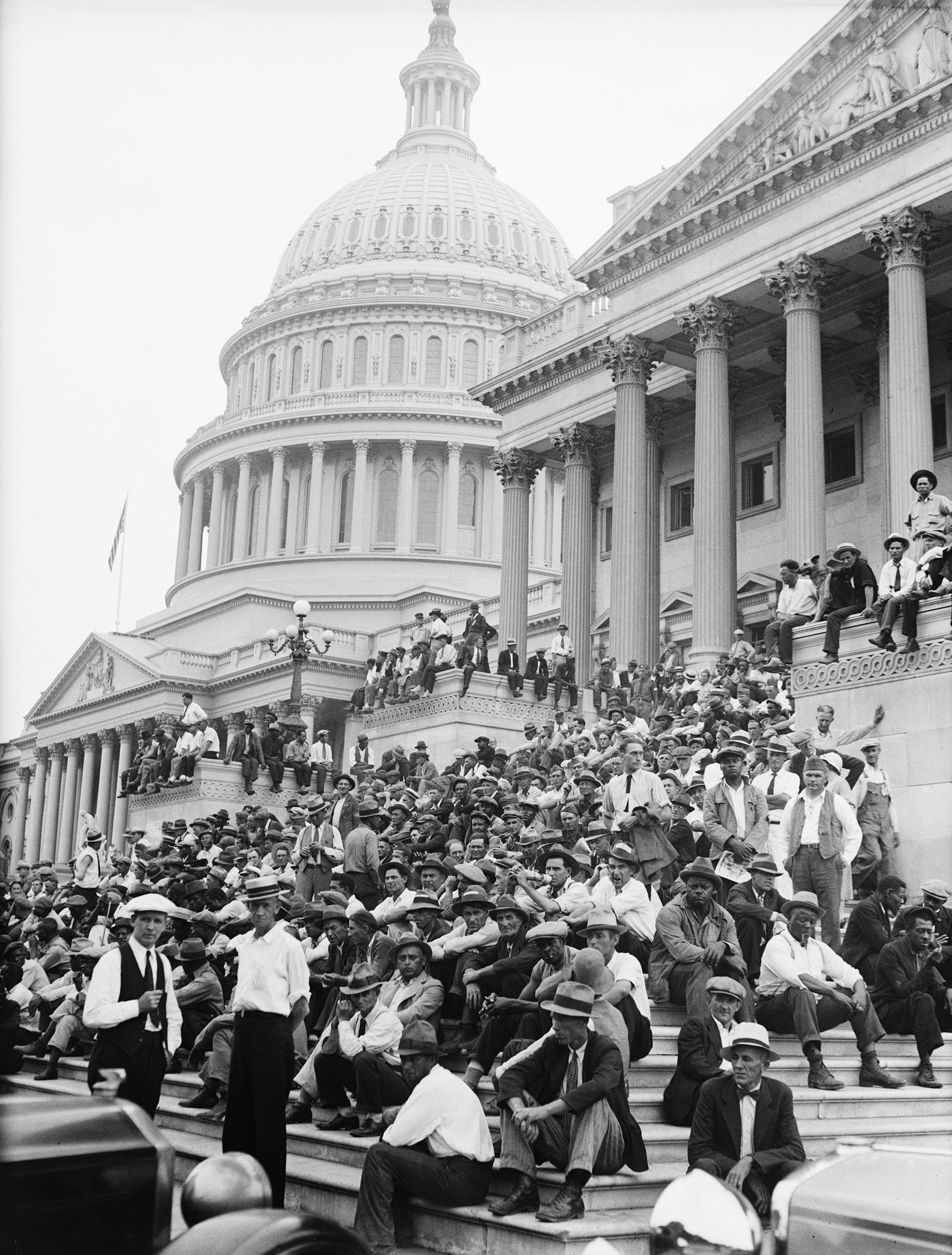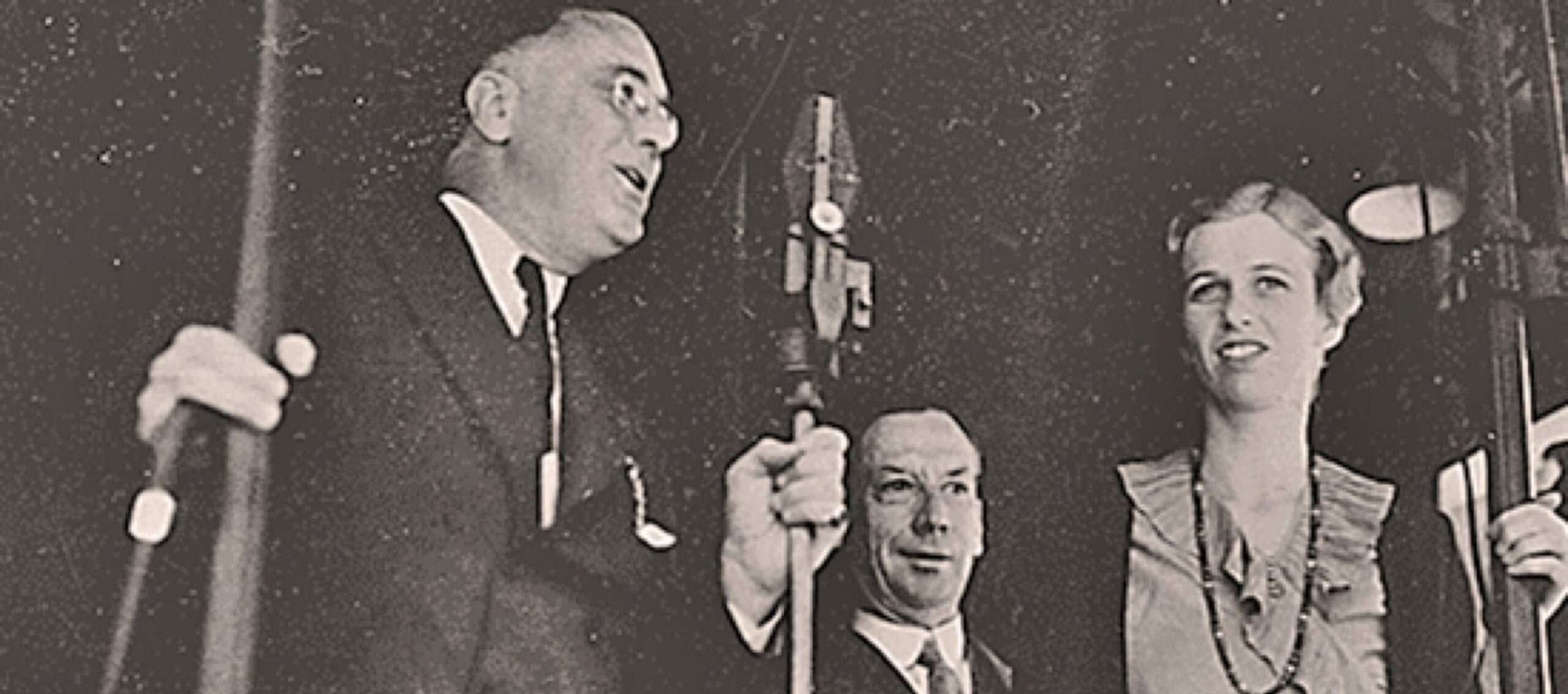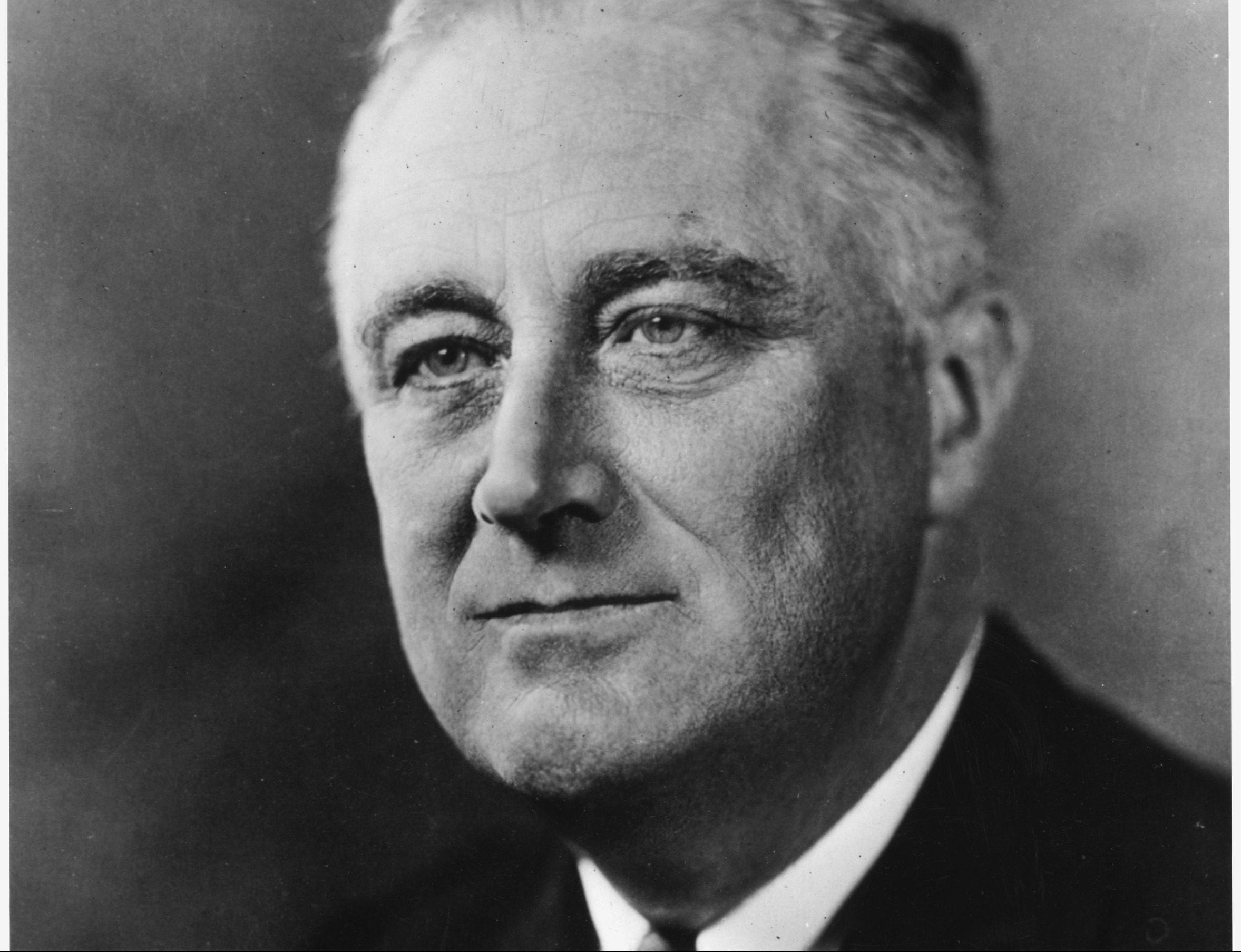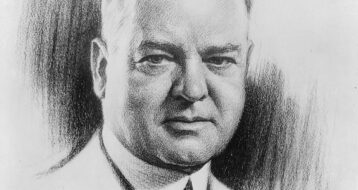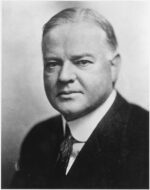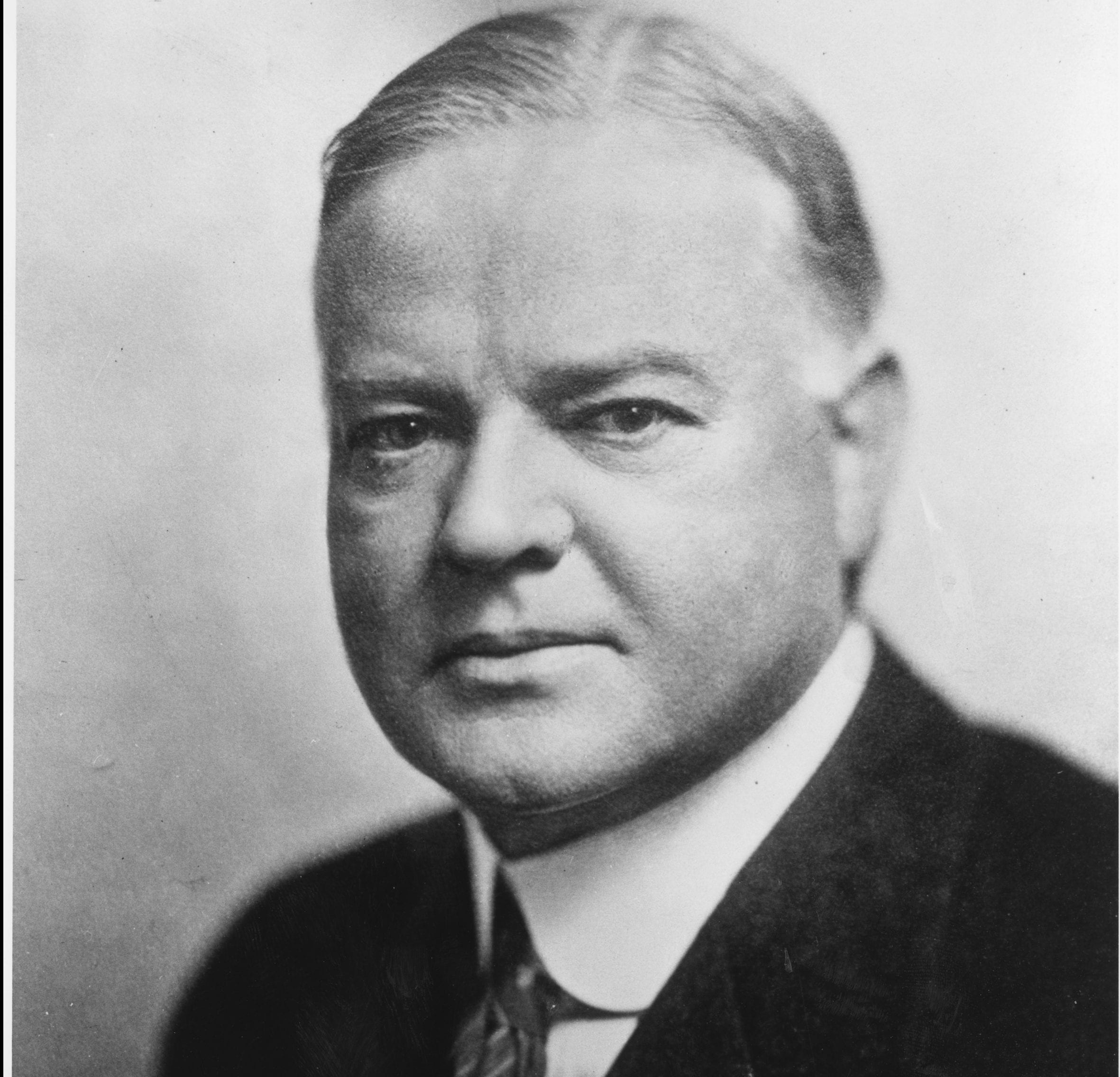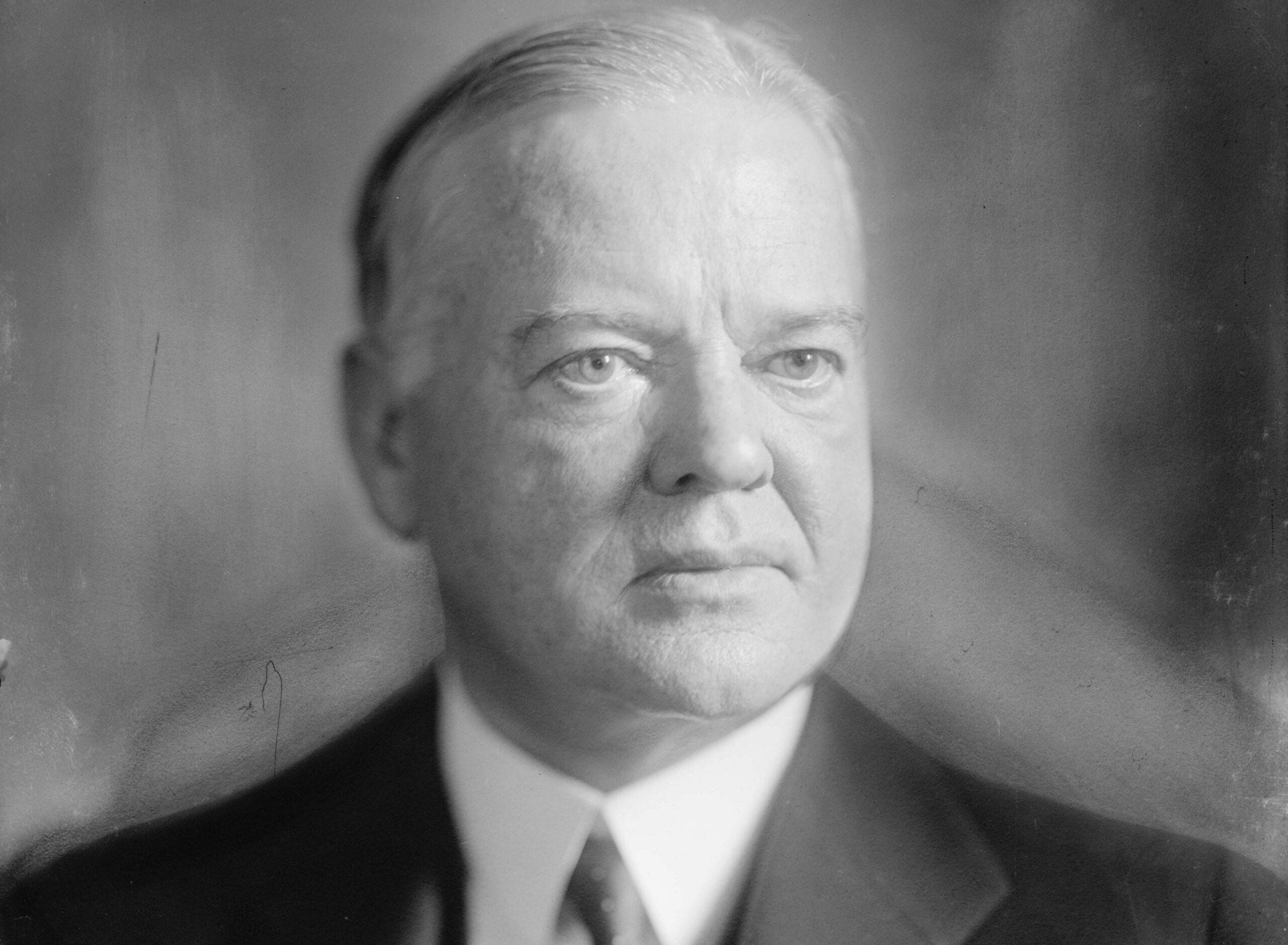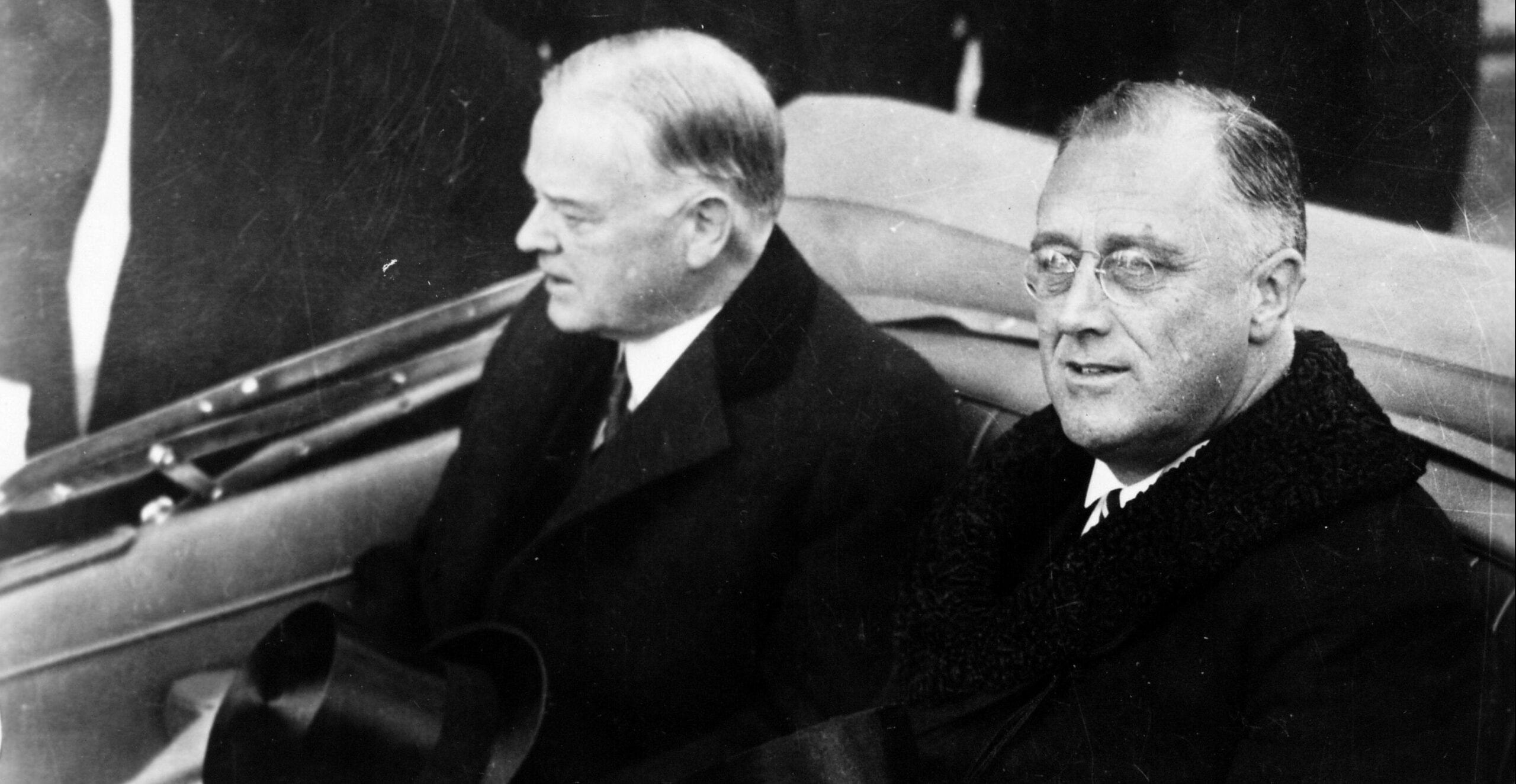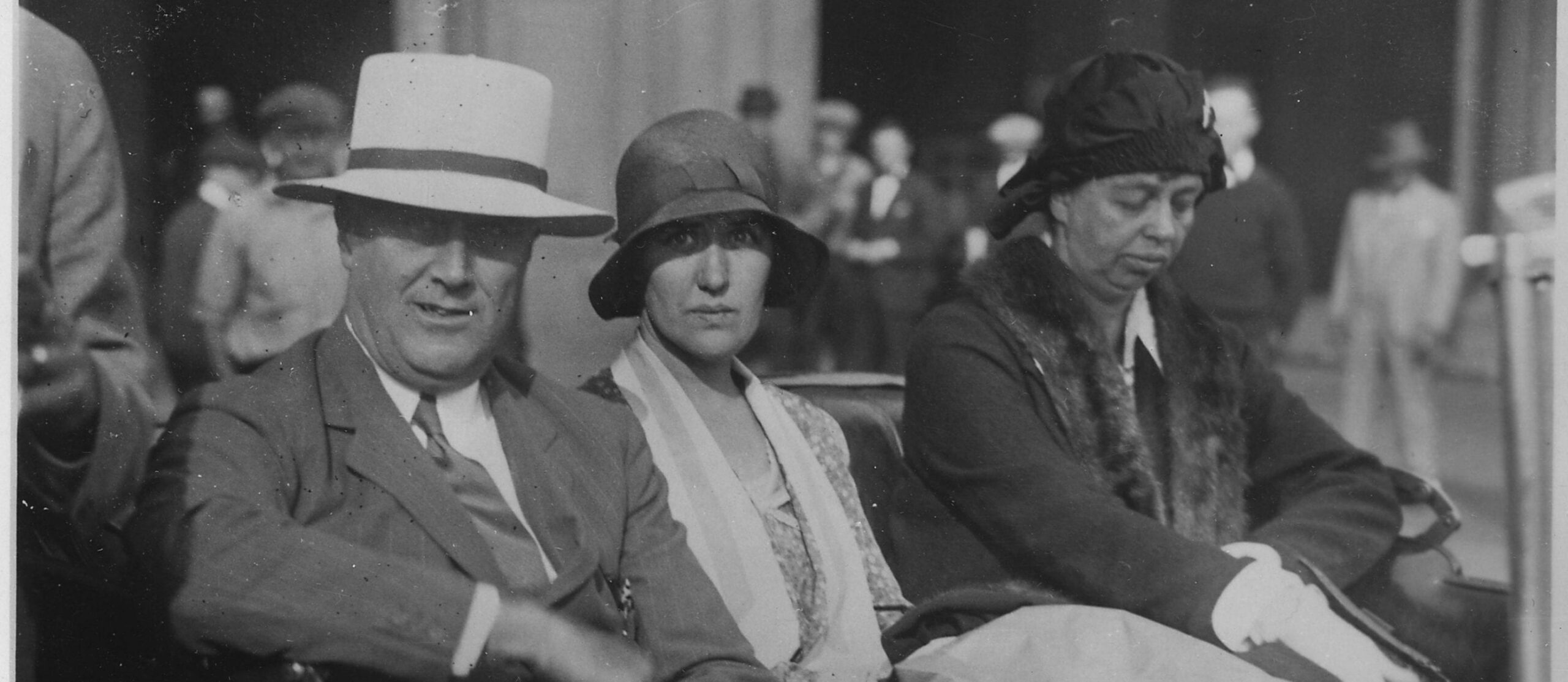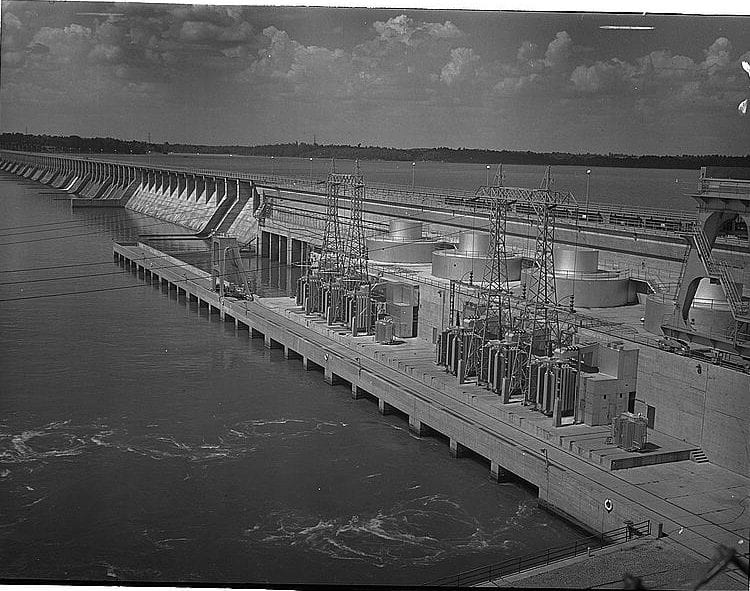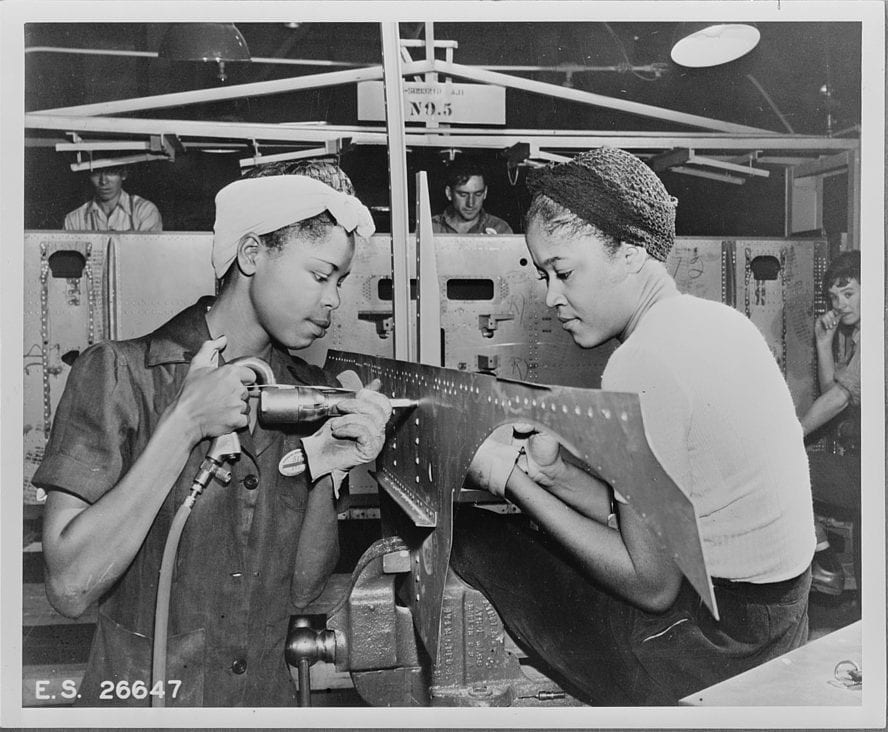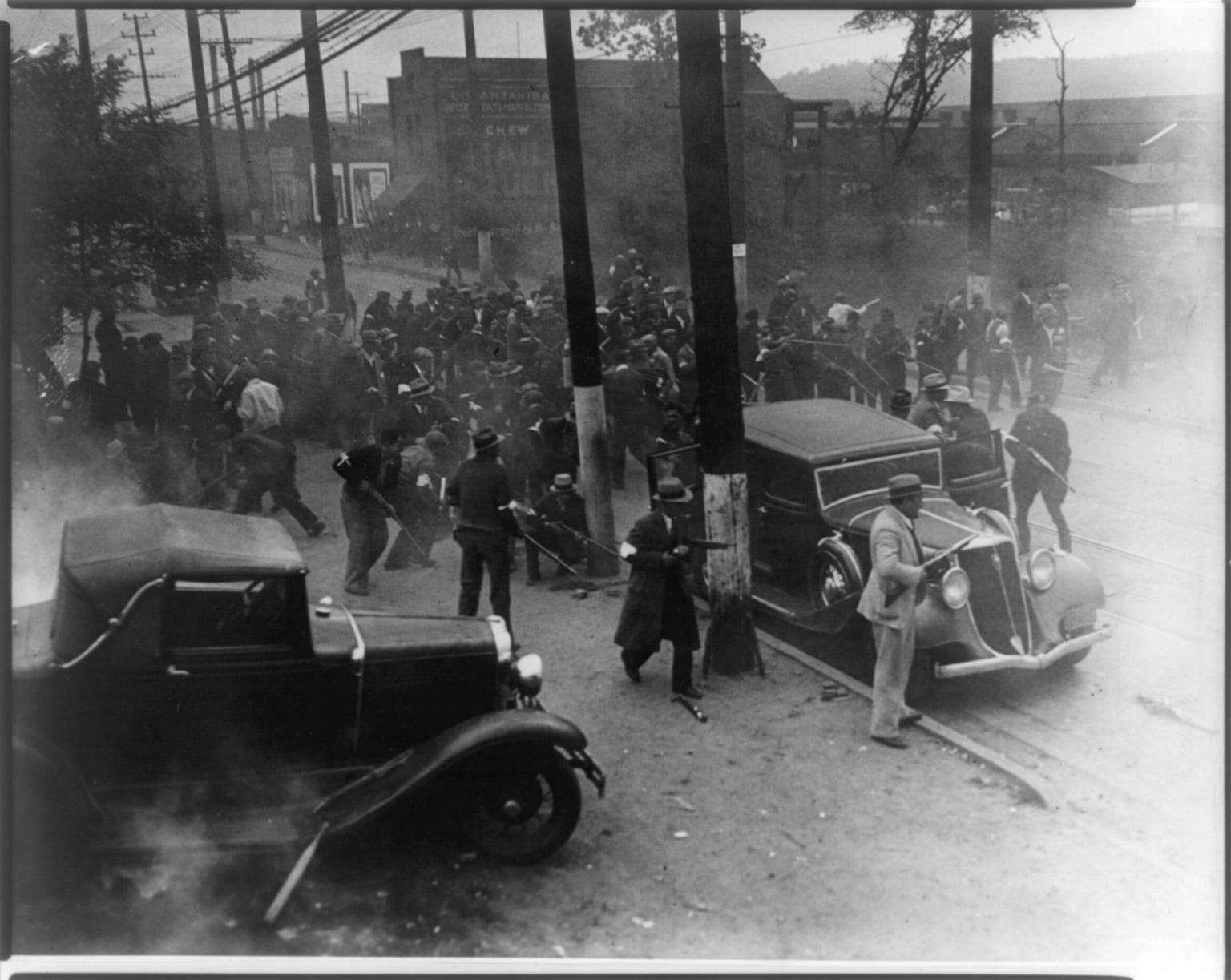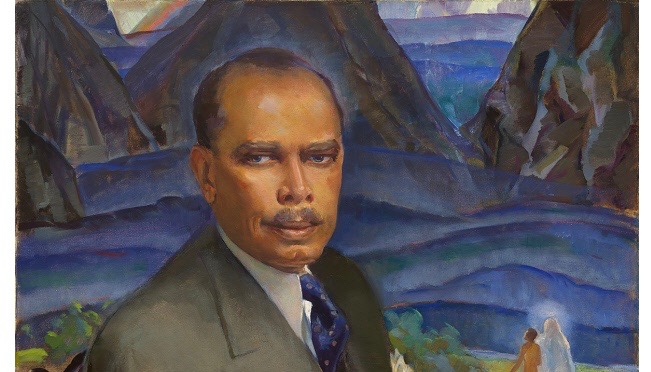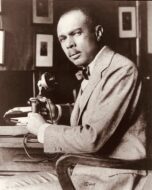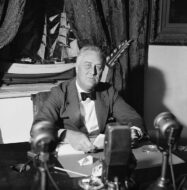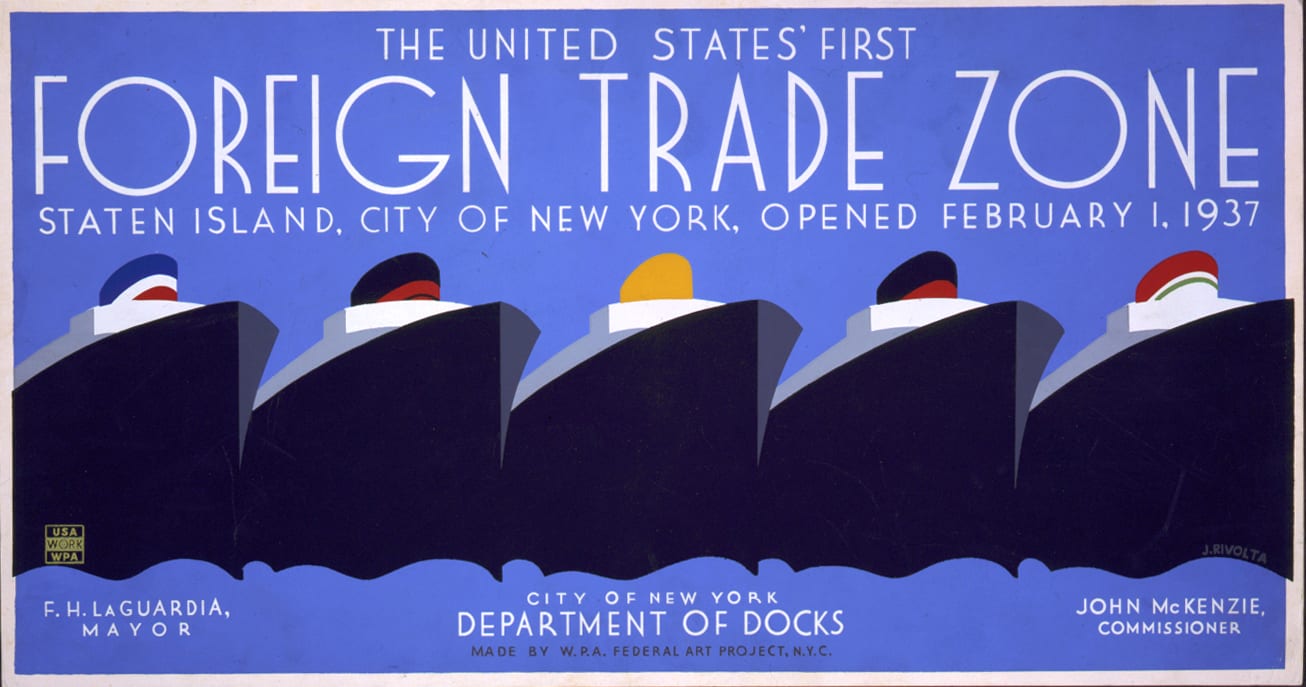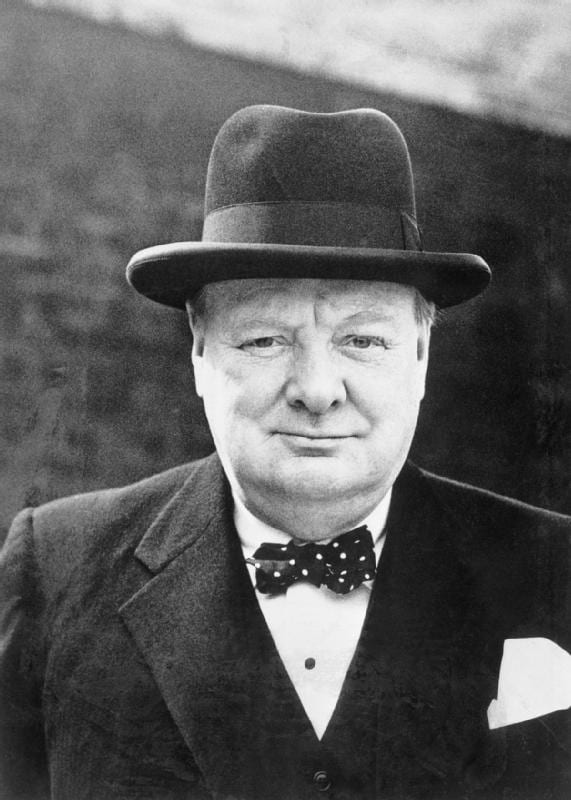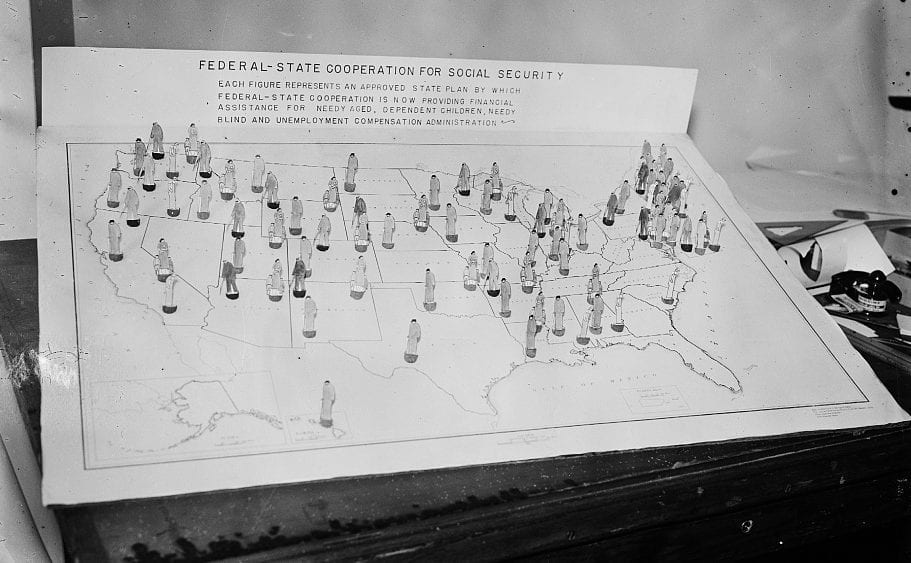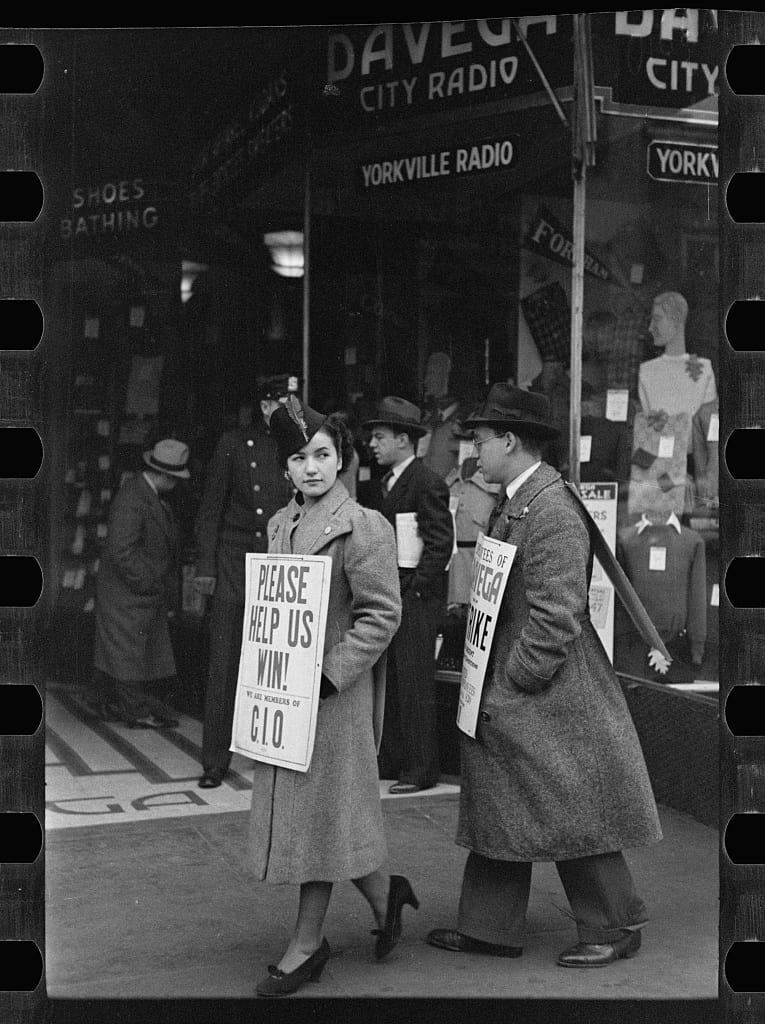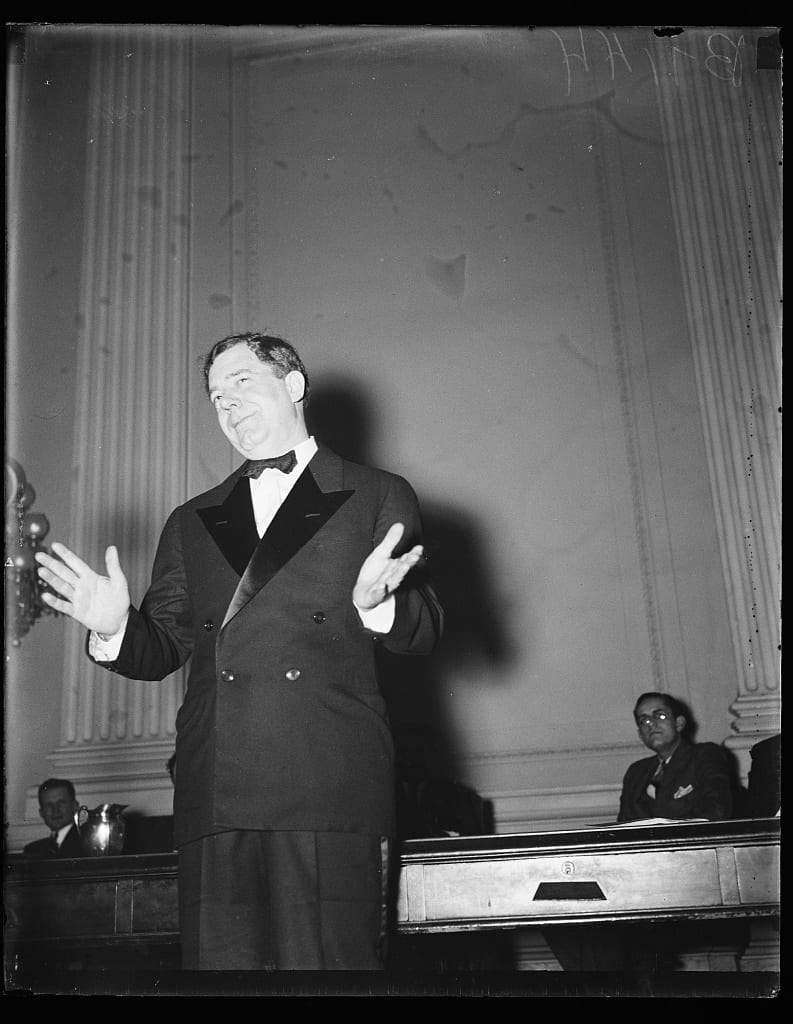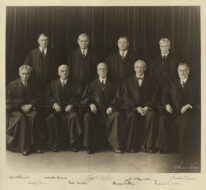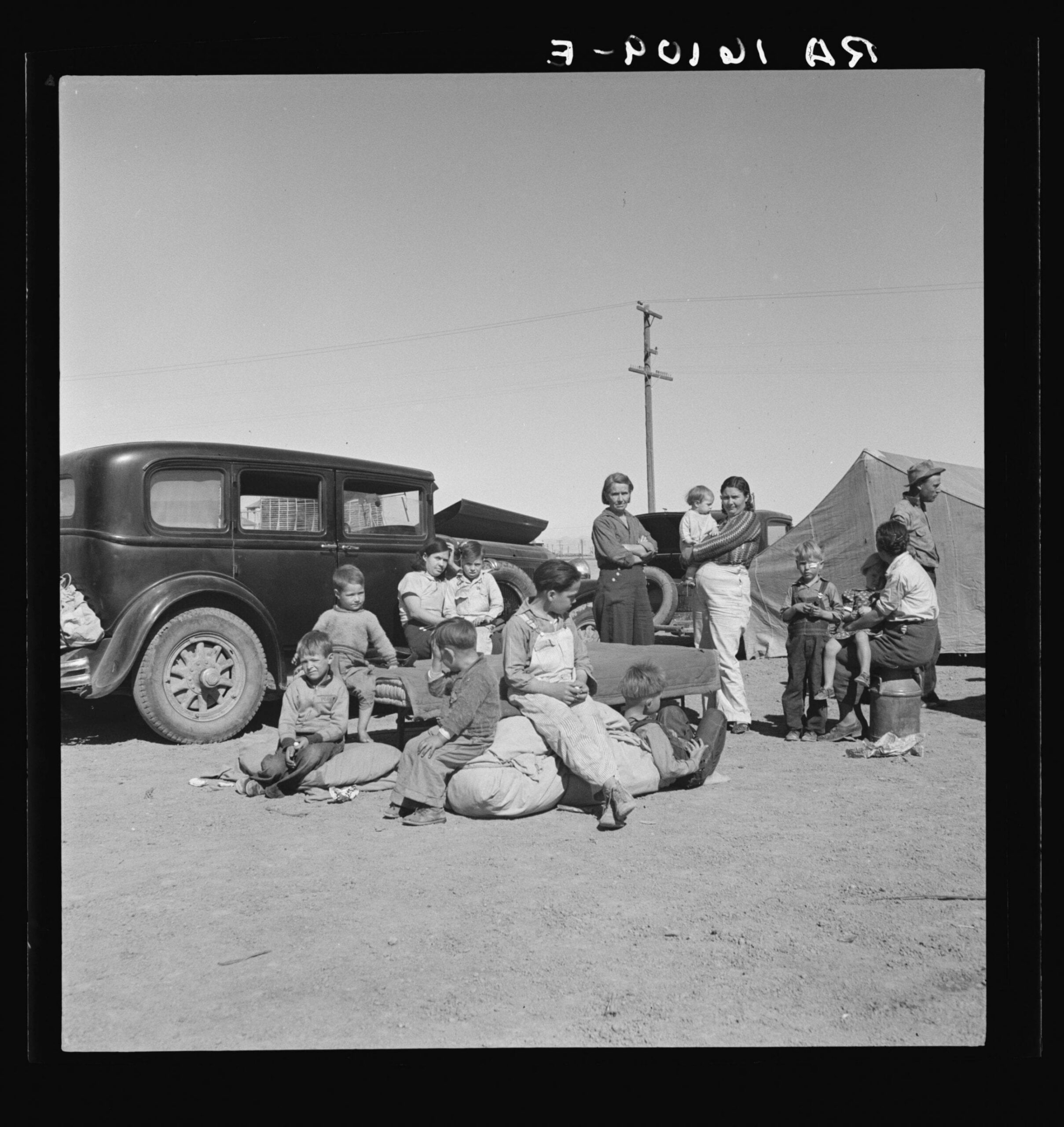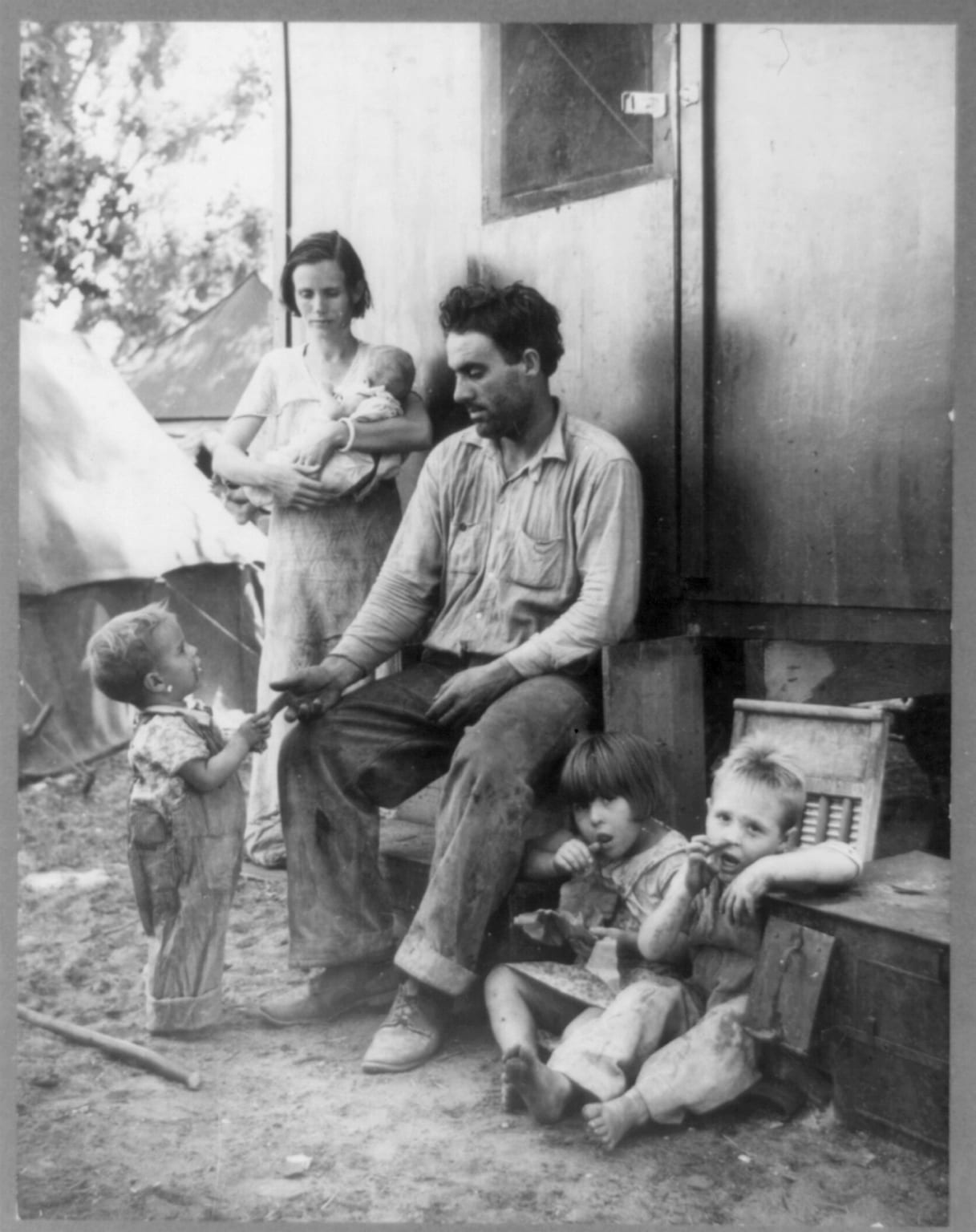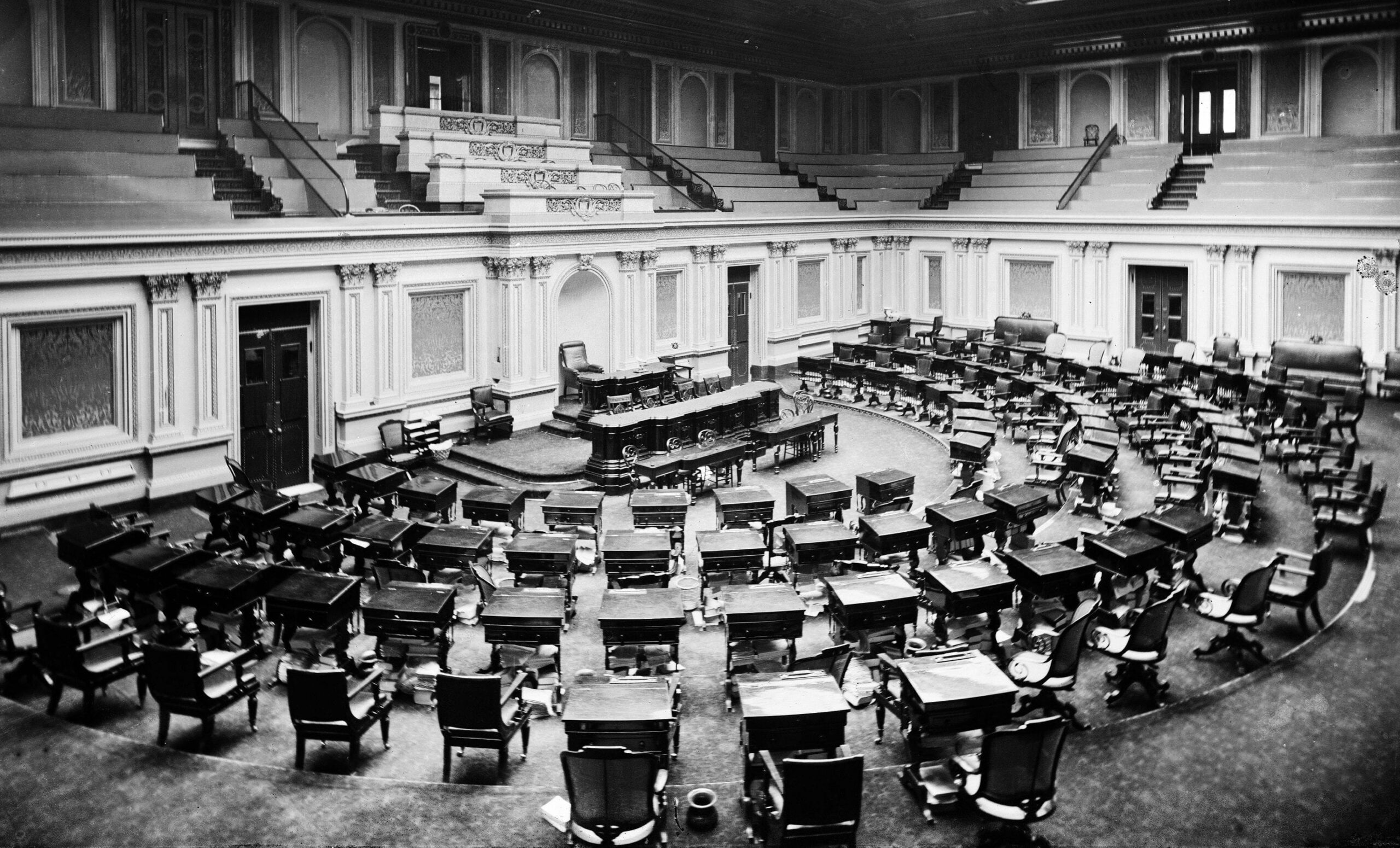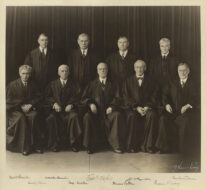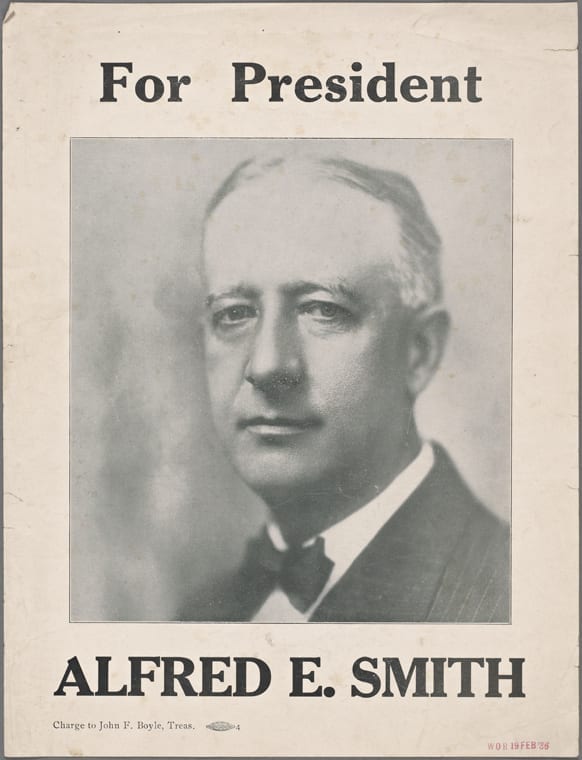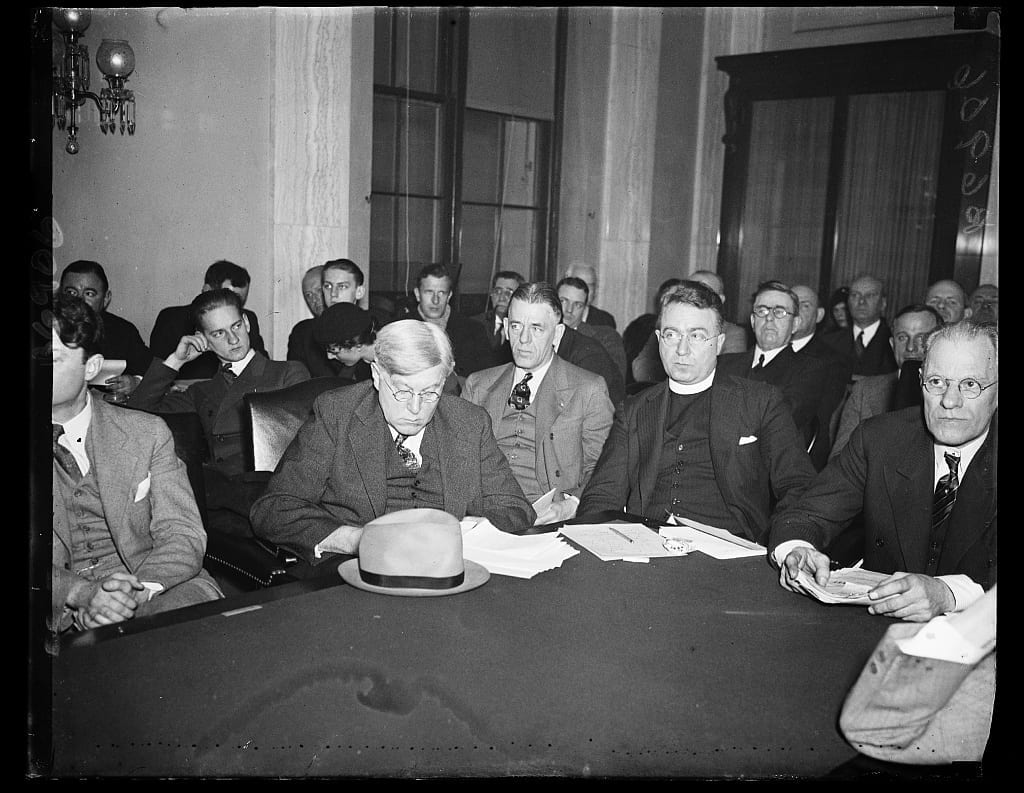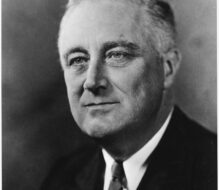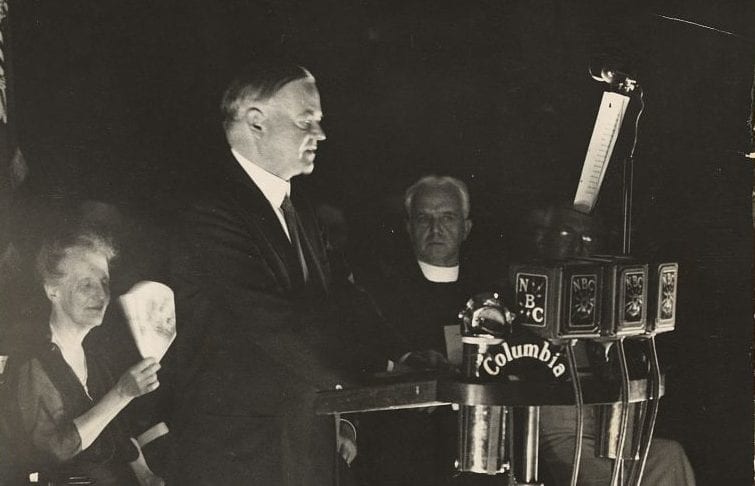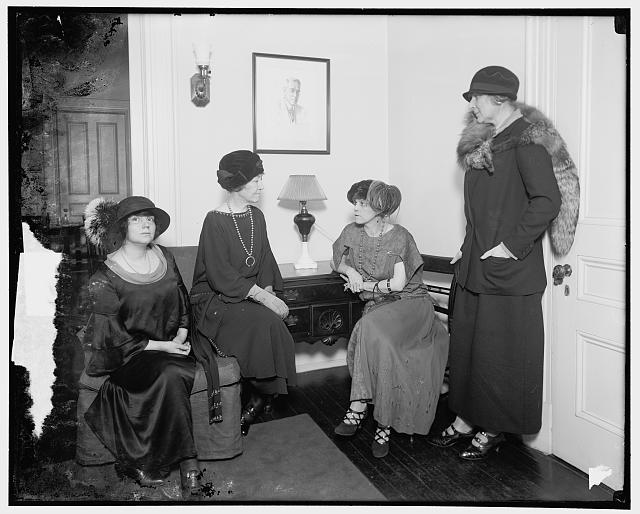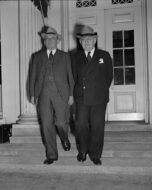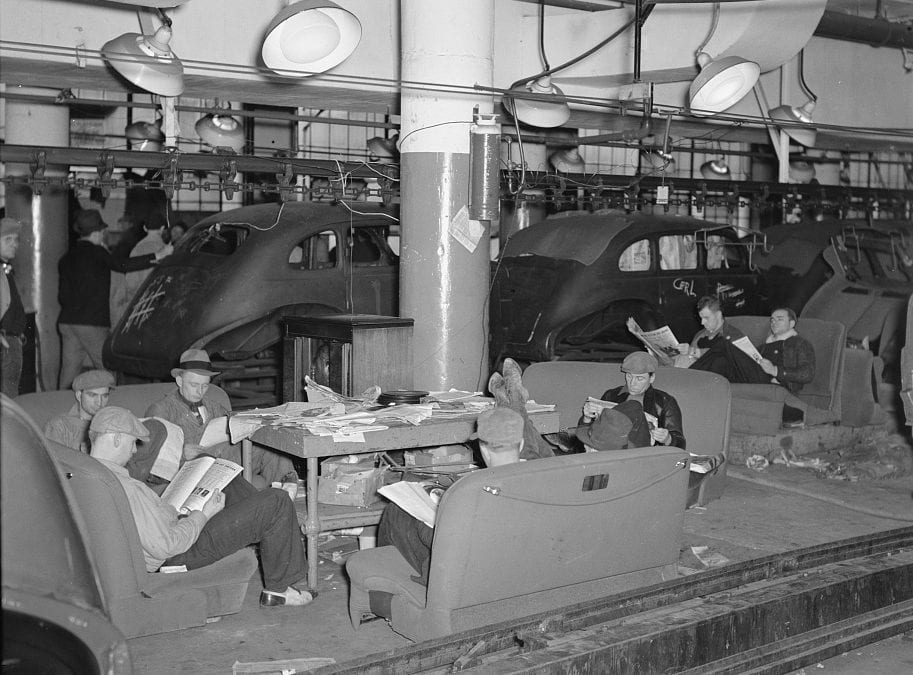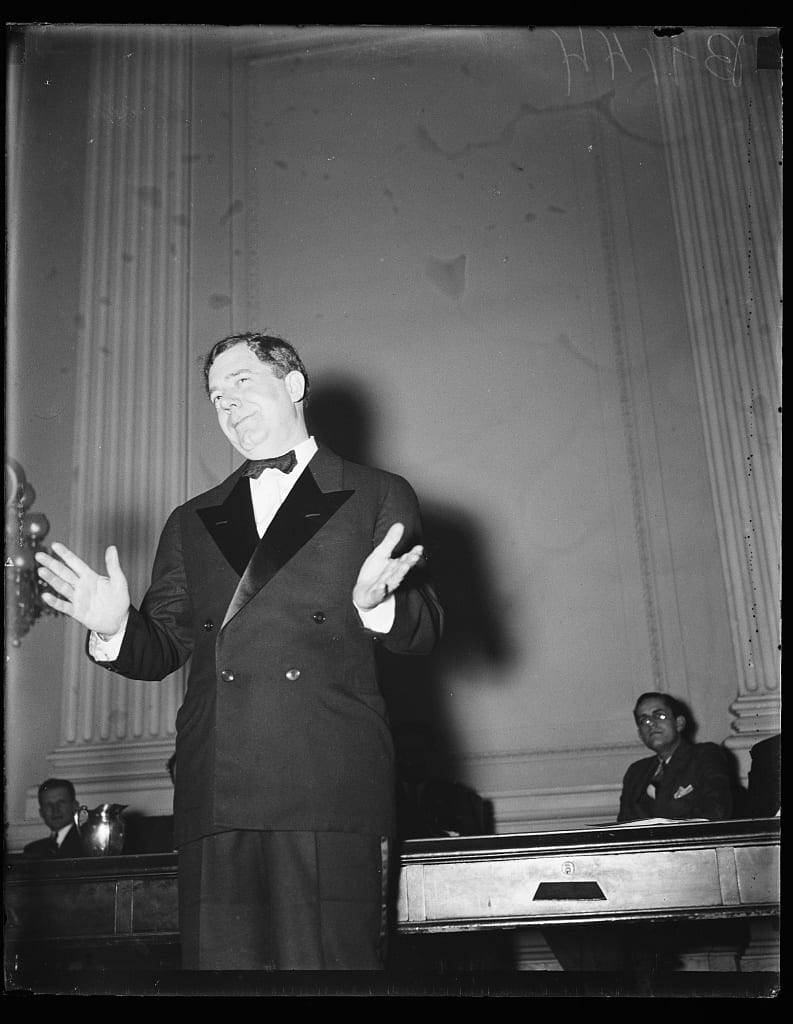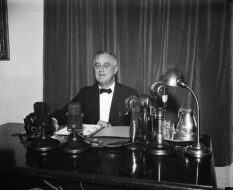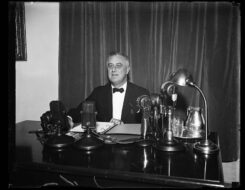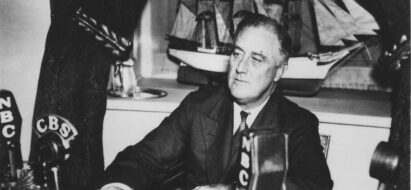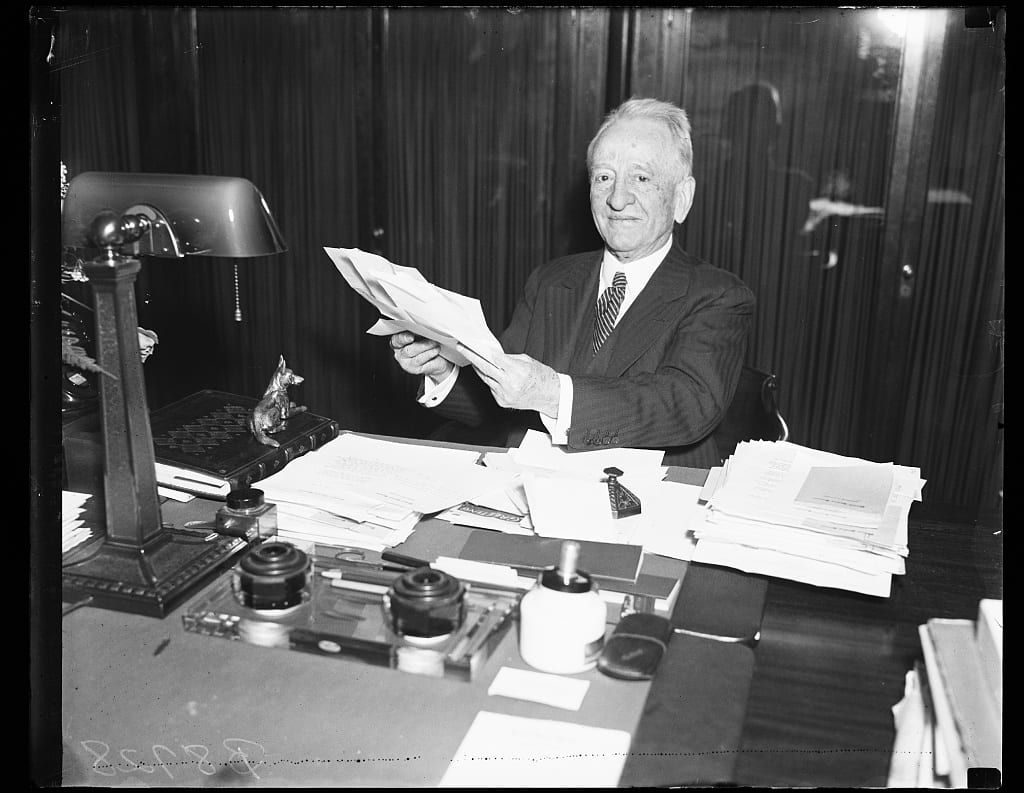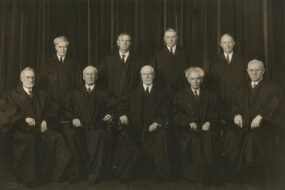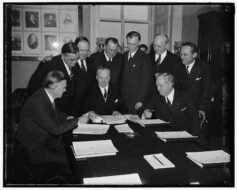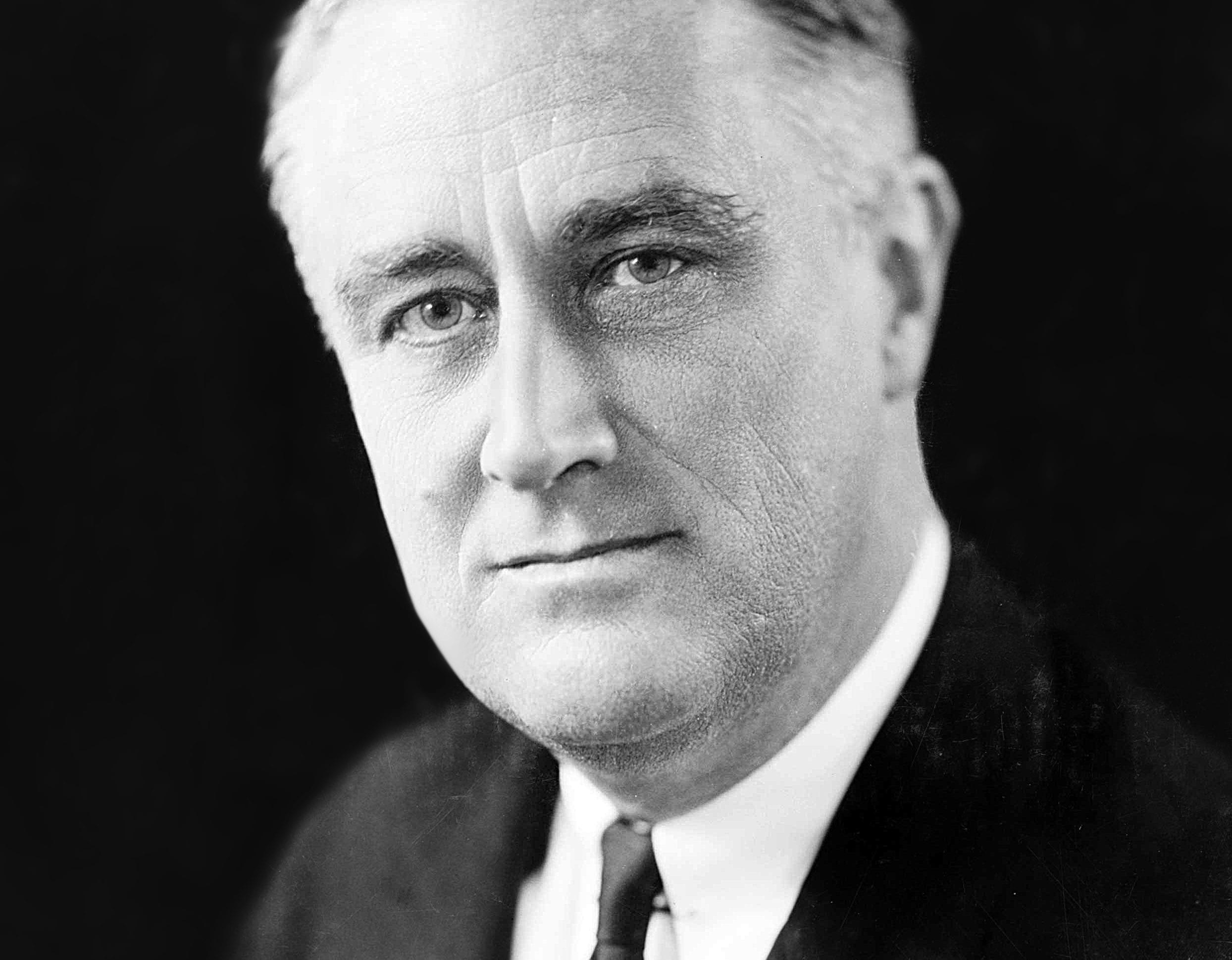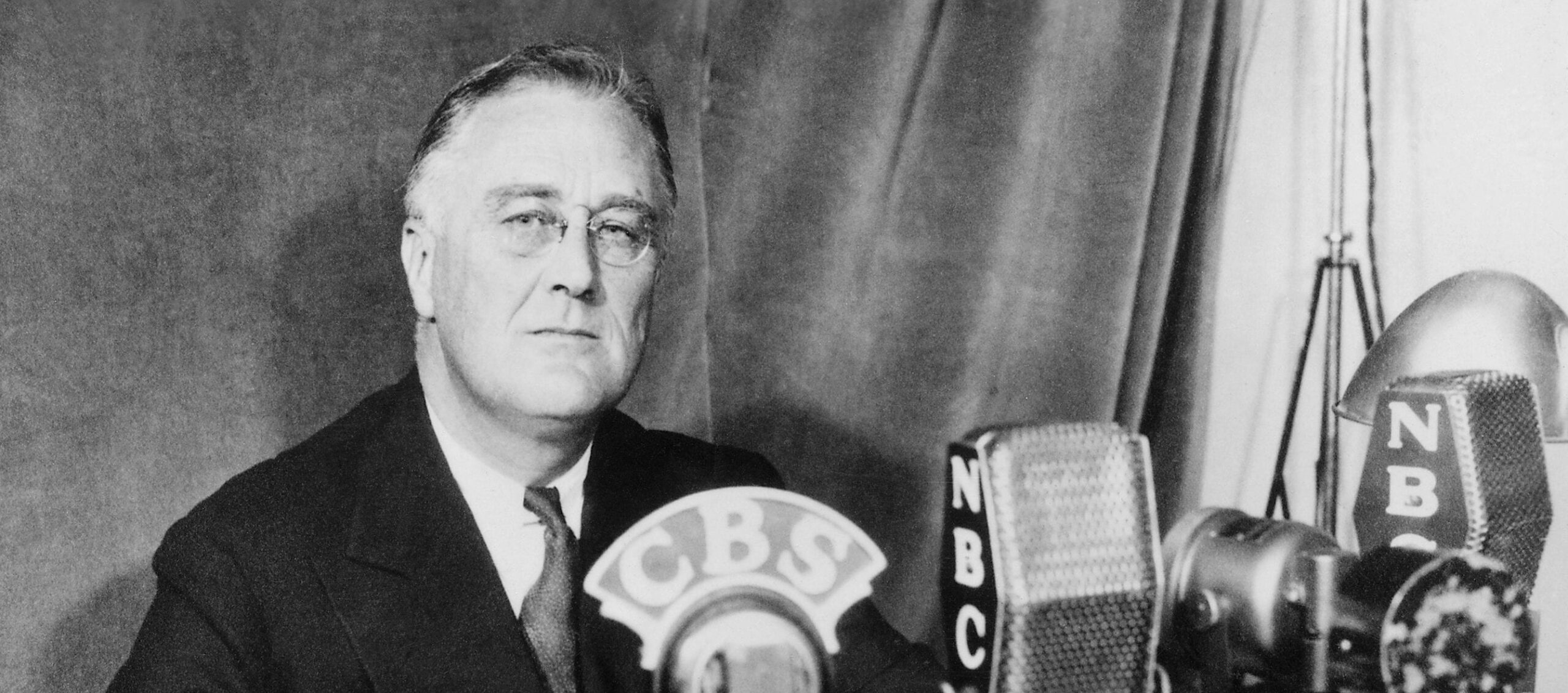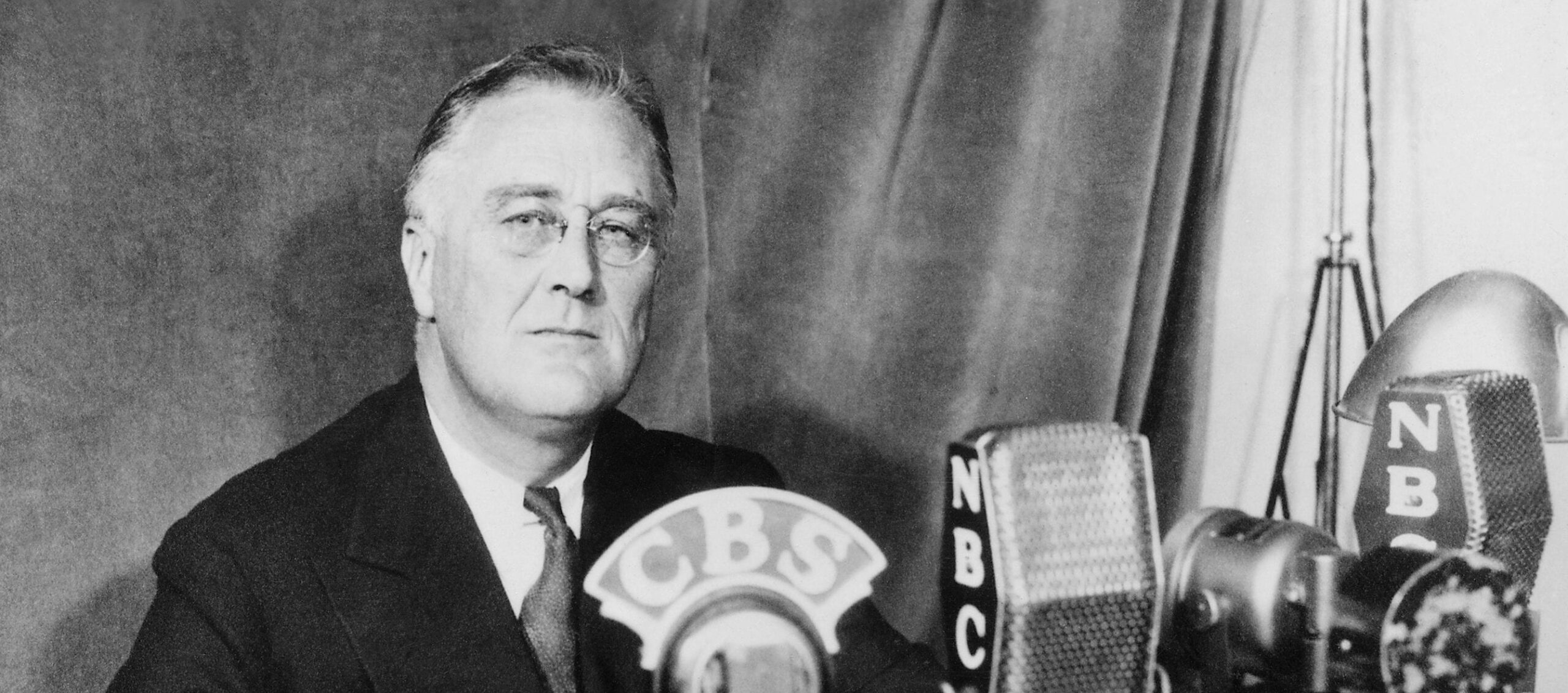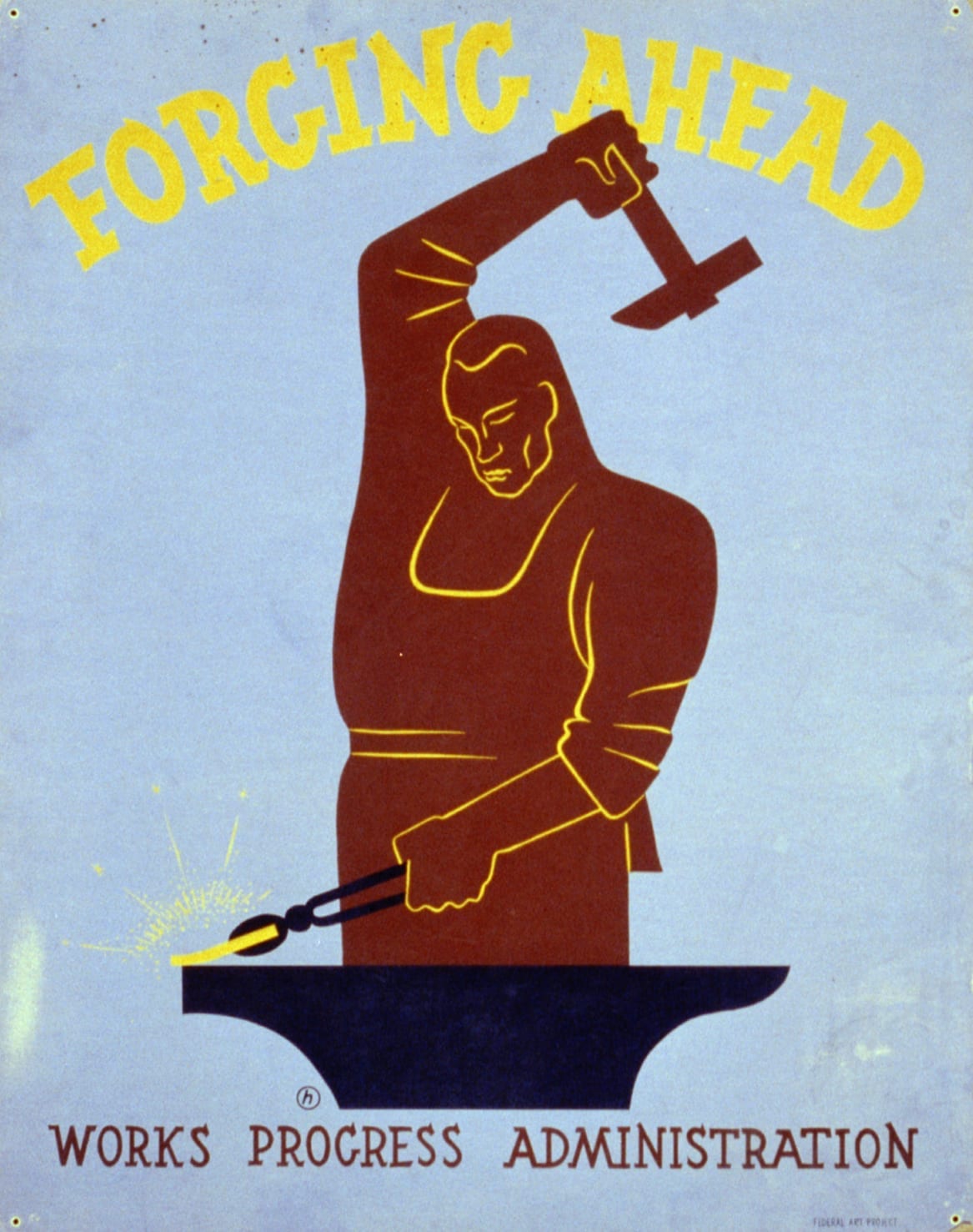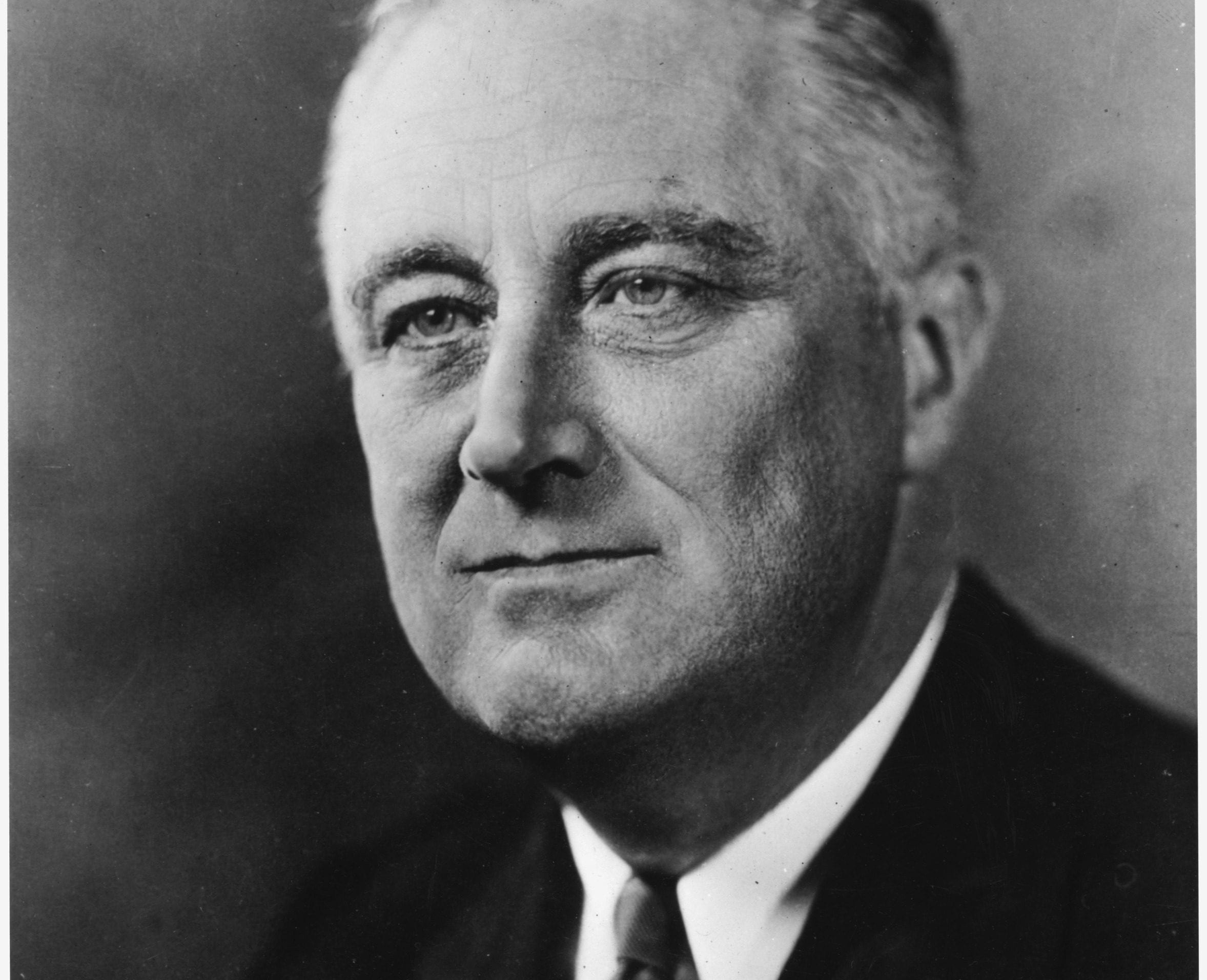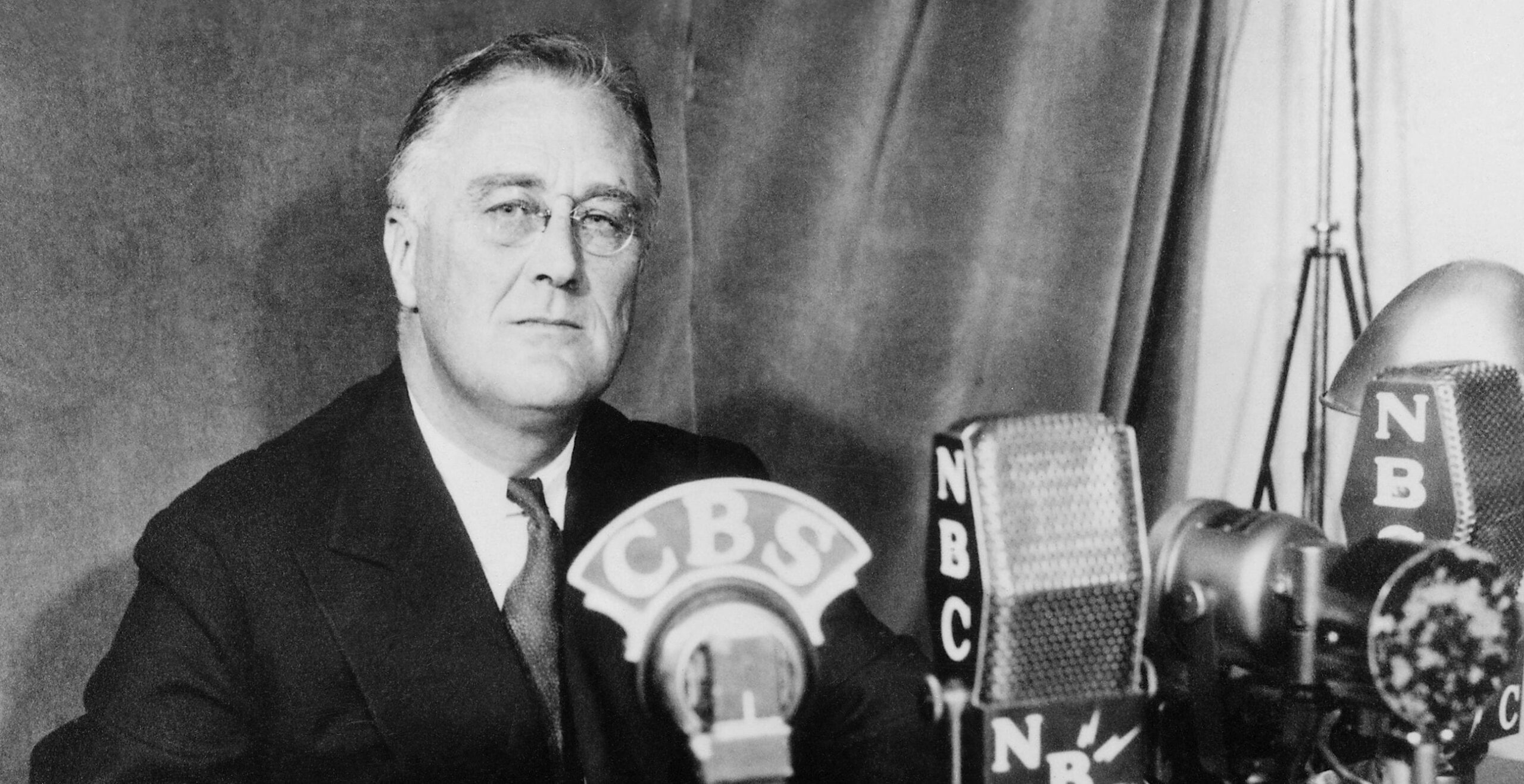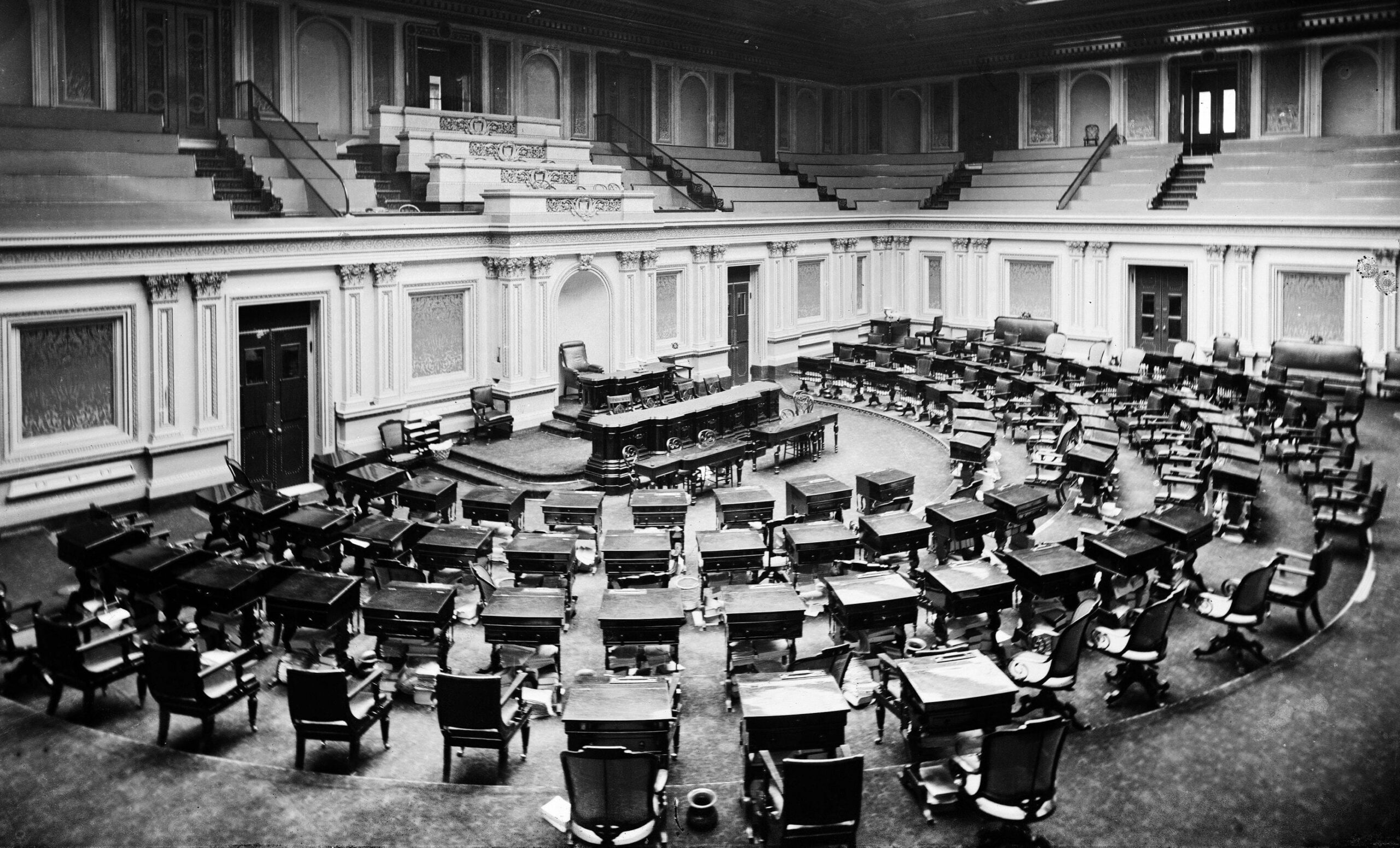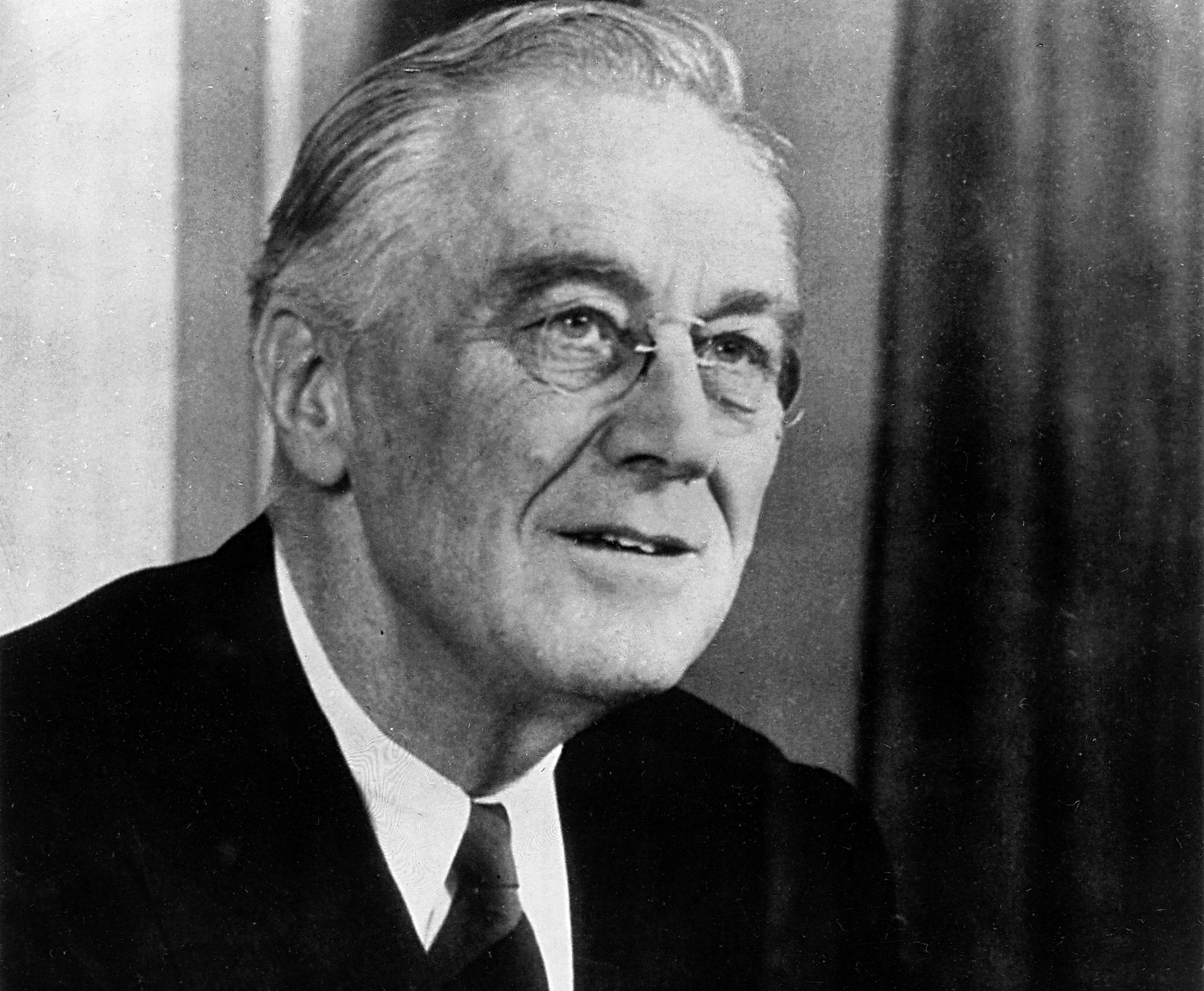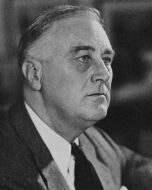

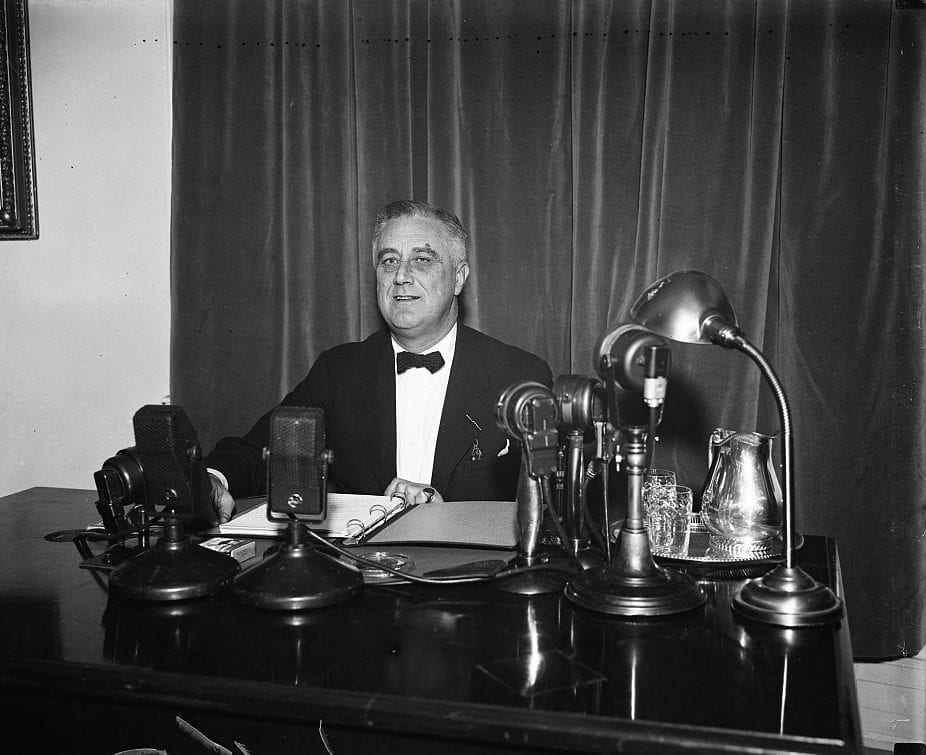
Introduction
President Roosevelt was outraged when the Supreme Court invalidated two of the most important New Deal initiatives – the National Industrial Recovery Act and the Agricultural Adjustment Act (“Fireside Chat” On the Purposes and Foundations of the Recovery Program (1933); Schechter Poultry Corp. v. United States (1935); United States v. Butler (1936)) – on what he regarded as an outmoded interpretation of the Constitution. Like many liberals, he believed that much of the problem stemmed from a bloc of four conservative Supreme Court justices – the so-called “Four Horsemen” – who seemed to oppose any federal intrusion into economic affairs. Given that there was a total of nine justices on the Court, all the Horsemen needed to do to block any New Deal measure was to convince one more justice that their interpretation was correct.
Emboldened by his overwhelming reelection victory in 1936, the president in February called congressional leaders and members of his cabinet to a meeting at the White House, and informed them that the Judicial Procedures Reform Act was being put before Congress that same day. Many of the justices on the Supreme Court were elderly, the president explained, and needed more assistance in working through the Court’s heavy caseload. The act, therefore, proposed to add a new justice for every member above seventy years of age. Given the makeup of the current Court, this would allow Roosevelt to name no fewer than six new justices. There was nothing unconstitutional about Roosevelt’s plan, since the Constitution does not specify how many judges the Supreme Court should have. When some in Congress balked at Roosevelt’s plan – accusing the president of trying to “pack” the Court – he took to the airwaves in one of his famous “Fireside Chats.”
Source: Franklin D. Roosevelt, “Fireside Chat,” March 9, 1937. Online by Gerhard Peters and John T. Woolley, The American Presidency Project. http://www.presidency.ucsb.edu/ws/?pid=15381.
. . . . The American people have learned from the depression. For in the last three national elections an overwhelming majority of them voted a mandate that the Congress and the President begin the task of providing that protection – not after long years of debate, but now.
The Courts, however, have cast doubts on the ability of the elected Congress to protect us against catastrophe by meeting squarely our modern social and economic conditions.
We are at a crisis in our ability to proceed with that protection. It is a quiet crisis. There are no lines of depositors outside closed banks. But to the far-sighted it is far-reaching in its possibilities of injury to America.
I want to talk with you very simply about the need for present action in this crisis – the need to meet the unanswered challenge of one-third of a Nation ill-nourished, ill-clad, ill-housed.
Last Thursday I described the American form of Government as a three-horse team provided by the Constitution to the American people so that their field might be plowed. The three horses are, of course, the three branches of government – the Congress, the Executive and the Courts. Two of the horses are pulling in unison today; the third is not. Those who have intimated that the President of the United States is trying to drive that team, overlook the simple fact that the President, as Chief Executive, is himself one of the three horses.
It is the American people themselves who are in the driver’s seat.
It is the American people themselves who want the furrow plowed.
It is the American people themselves who expect the third horse to pull in unison with the other two.
I hope that you have re-read the Constitution of the United States in these past few weeks. Like the Bible, it ought to be read again and again.
It is an easy document to understand when you remember that it was called into being because the Articles of Confederation under which the original thirteen States tried to operate after the Revolution showed the need of a National Government with power enough to handle national problems. In its Preamble, the Constitution states that it was intended to form a more perfect Union and promote the general welfare; and the powers given to the Congress to carry out those purposes can be best described by saying that they were all the powers needed to meet each and every problem which then had a national character and which could not be met by merely local action.
But the framers went further. Having in mind that in succeeding generations many other problems then undreamed of would become national problems, they gave to the Congress the ample broad powers “to levy taxes . . . and provide for the common defense and general welfare of the United States.”
That, my friends, is what I honestly believe to have been the clear and underlying purpose of the patriots who wrote a Federal Constitution to create a National Government with national power, intended as they said, “to form a more perfect union . . . for ourselves and our posterity.”
For nearly twenty years there was no conflict between the Congress and the Court. Then Congress passed a statute which, in 1803, the Court said violated an express provision of the Constitution. The Court claimed the power to declare it unconstitutional and did so declare it. But a little later the Court itself admitted that it was an extraordinary power to exercise and through Mr. Justice Washington laid down this limitation upon it: “It is but a decent respect due to the wisdom, the integrity and the patriotism of the legislative body, by which any law is passed, to presume in favor of its validity until its violation of the Constitution is proved beyond all reasonable doubt.”
But since the rise of the modern movement for social and economic progress through legislation, the Court has more and more often and more and more boldly asserted a power to veto laws passed by the Congress and State Legislatures in complete disregard of this original limitation.
In the last four years the sound rule of giving statutes the benefit of all reasonable doubt has been cast aside. The Court has been acting not as a judicial body, but as a policy-making body.
When the Congress has sought to stabilize national agriculture, to improve the conditions of labor, to safeguard business against unfair competition, to protect our national resources, and in many other ways, to serve our clearly national needs, the majority of the Court has been assuming the power to pass on the wisdom of these Acts of the Congress – and to approve or disapprove the public policy written into these laws. . . .
We have, therefore, reached the point as a Nation where we must take action to save the Constitution from the Court and the Court from itself. We must find a way to take an appeal from the Supreme Court to the Constitution itself. We want a Supreme Court which will do justice under the Constitution – not over it. In our Courts we want a government of laws and not of men.
I want – as all Americans want – an independent judiciary as proposed by the framers of the Constitution. That means a Supreme Court that will enforce the Constitution as written – that will refuse to amend the Constitution by the arbitrary exercise of judicial power – amendment by judicial say-so. It does not mean a judiciary so independent that it can deny the existence of facts universally recognized.
How then could we proceed to perform the mandate given us? It was said in last year’s Democratic platform, “If these problems cannot be effectively solved within the Constitution, we shall seek such clarifying amendment as will assure the power to enact those laws, adequately to regulate commerce, protect public health and safety, and safeguard economic security.” In other words, we said we would seek an amendment only if every other possible means by legislation were to fail.
When I commenced to review the situation with the problem squarely before me, I came by a process of elimination to the conclusion that, short of amendments, the only method which was clearly constitutional, and would at the same time carry out other much needed reforms, was to infuse new blood into all our Courts. We must have men worthy and equipped to carry out impartial justice. But, at the same time, we must have Judges who will bring to the Courts a present-day sense of the Constitution – Judges who will retain in the Courts the judicial functions of a court, and reject the legislative powers which the courts have today assumed. . . .
What is my proposal? It is simply this: whenever a Judge or Justice of any Federal Court has reached the age of seventy and does not avail himself of the opportunity to retire on a pension, a new member shall be appointed by the President then in office, with the approval, as required by the Constitution, of the Senate of the United States.
That plan has two chief purposes. By bringing into the judicial system a steady and continuing stream of new and younger blood, I hope, first, to make the administration of all Federal justice speedier and, therefore, less costly; secondly, to bring to the decision of social and economic problems younger men who have had personal experience and contact with modern facts and circumstances under which average men have to live and work. This plan will save our national Constitution from hardening of the judicial arteries.
The number of Judges to be appointed would depend wholly on the decision of present Judges now over seventy, or those who would subsequently reach the age of seventy.
If, for instance, any one of the six Justices of the Supreme Court now over the age of seventy should retire as provided under the plan, no additional place would be created. Consequently, although there never can be more than fifteen, there may be only fourteen, or thirteen, or twelve. And there may be only nine. . . .
Those opposing this plan have sought to arouse prejudice and fear by crying that I am seeking to “pack” the Supreme Court and that a baneful precedent will be established.
What do they mean by the words “packing the Court”?
Let me answer this question with a bluntness that will end all honest misunderstanding of my purposes.
If by that phrase “packing the Court” it is charged that I wish to place on the bench spineless puppets who would disregard the law and would decide specific cases as I wished them to be decided, I make this answer: that no President fit for his office would appoint, and no Senate of honorable men fit for their office would confirm, that kind of appointees to the Supreme Court.
But if by that phrase the charge is made that I would appoint and the Senate would confirm Justices worthy to sit beside present members of the Court who understand those modern conditions, that I will appoint Justices who will not undertake to over-ride the judgment of the Congress on legislative policy, that I will appoint Justices who will act as Justices and not as legislators – if the appointment of such Justices can be called “packing the Courts,” then I say that I and with me the vast majority of the American people favor doing just that thing – now. . . .
It is the clear intention of our public policy to provide for a constant flow of new and younger blood into the Judiciary. Normally every President appoints a large number of District and Circuit Judges and a few members of the Supreme Court. Until my first term practically every President of the United States had appointed at least one member of the Supreme Court. President Taft appointed five members and named a Chief Justice; President Wilson, three; President Harding, four, including a Chief Justice; President Coolidge, one; President Hoover, three, including a Chief Justice.
Such a succession of appointments should have provided a Court well-balanced as to age. But chance and the disinclination of individuals to leave the Supreme bench have now given us a Court in which five Justices will be over seventy-five years of age before next June and one over seventy. Thus a sound public policy has been defeated. . . .
Like all lawyers, like all Americans, I regret the necessity of this controversy. But the welfare of the United States, and indeed of the Constitution itself, is what we all must think about first. Our difficulty with the Court today rises not from the Court as an institution but from human beings within it. But we cannot yield our constitutional destiny to the personal judgment of a few men who, being fearful of the future, would deny us the necessary means of dealing with the present.
This plan of mine is no attack on the Court; it seeks to restore the Court to its rightful and historic place in our system of Constitutional Government and to have it resume its high task of building anew on the Constitution “a system of living law.” The Court itself can best undo what the Court has done. . . .
During the past half century the balance of power between the three great branches of the Federal Government, has been tipped out of balance by the Courts in direct contradiction of the high purposes of the framers of the Constitution. It is my purpose to restore that balance. You who know me will accept my solemn assurance that in a world in which democracy is under attack, I seek to make American democracy succeed. You and I will do our part.

Conversation-based seminars for collegial PD, one-day and multi-day seminars, graduate credit seminars (MA degree), online and in-person.
